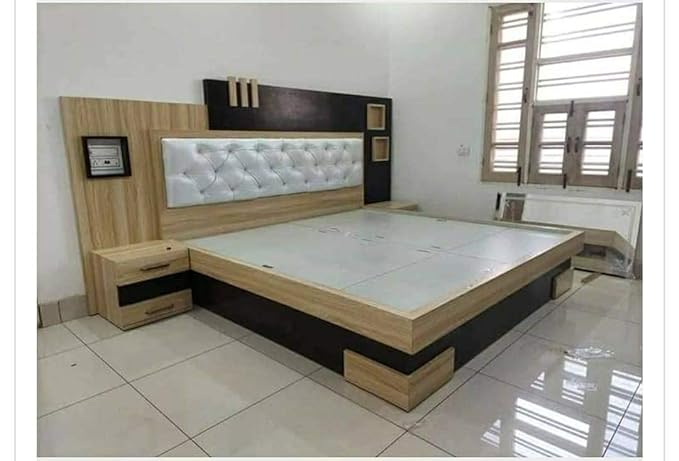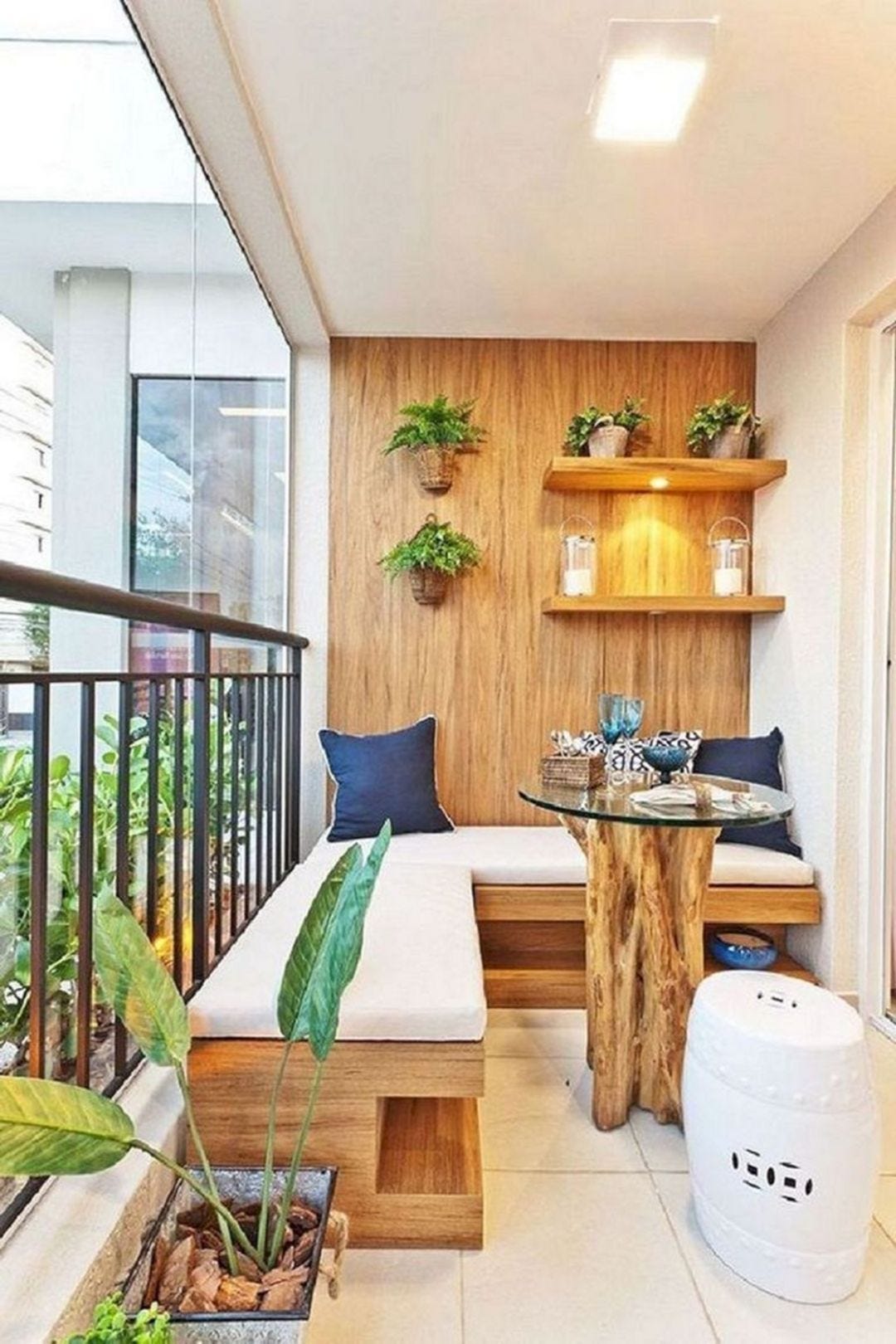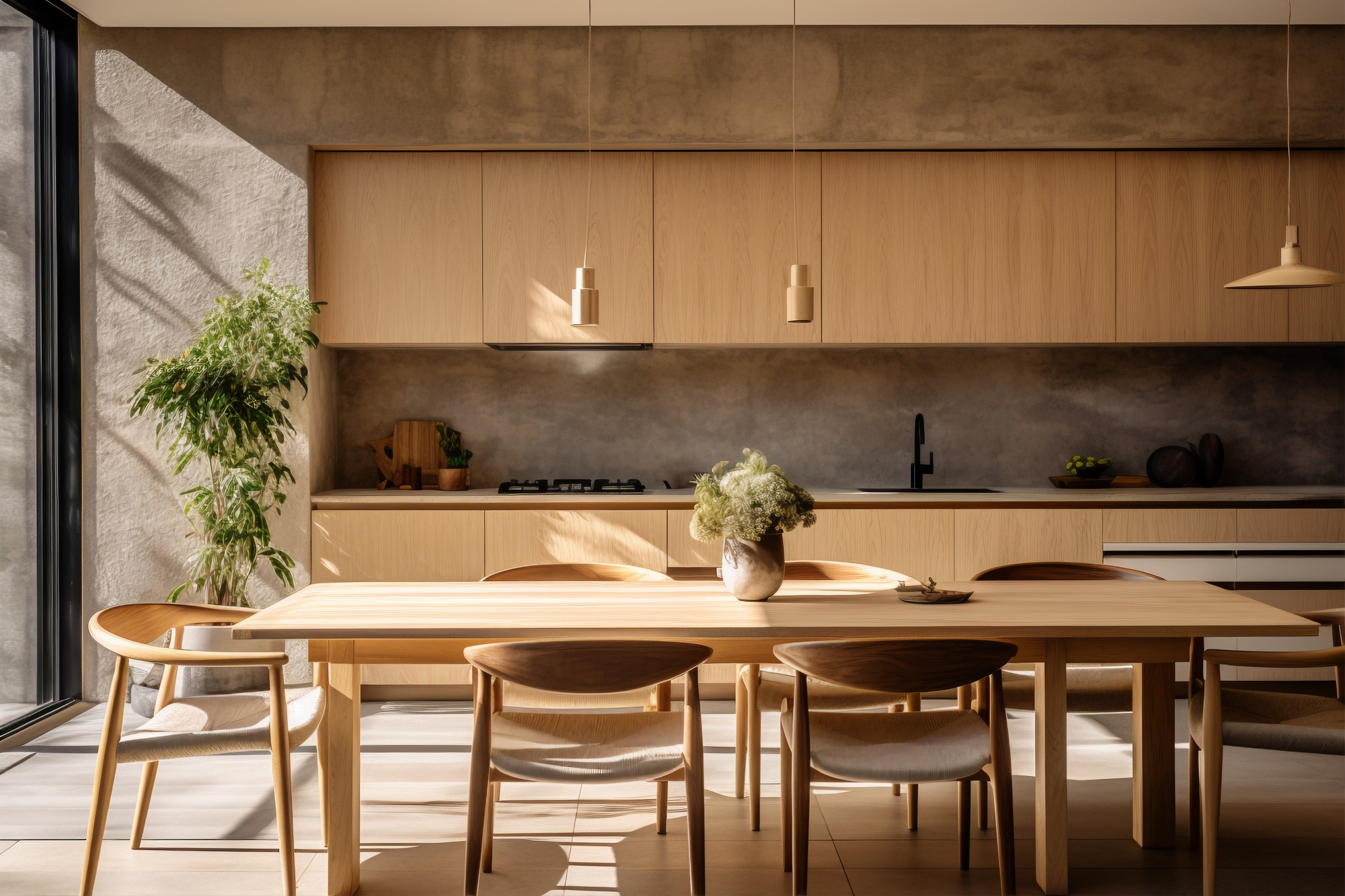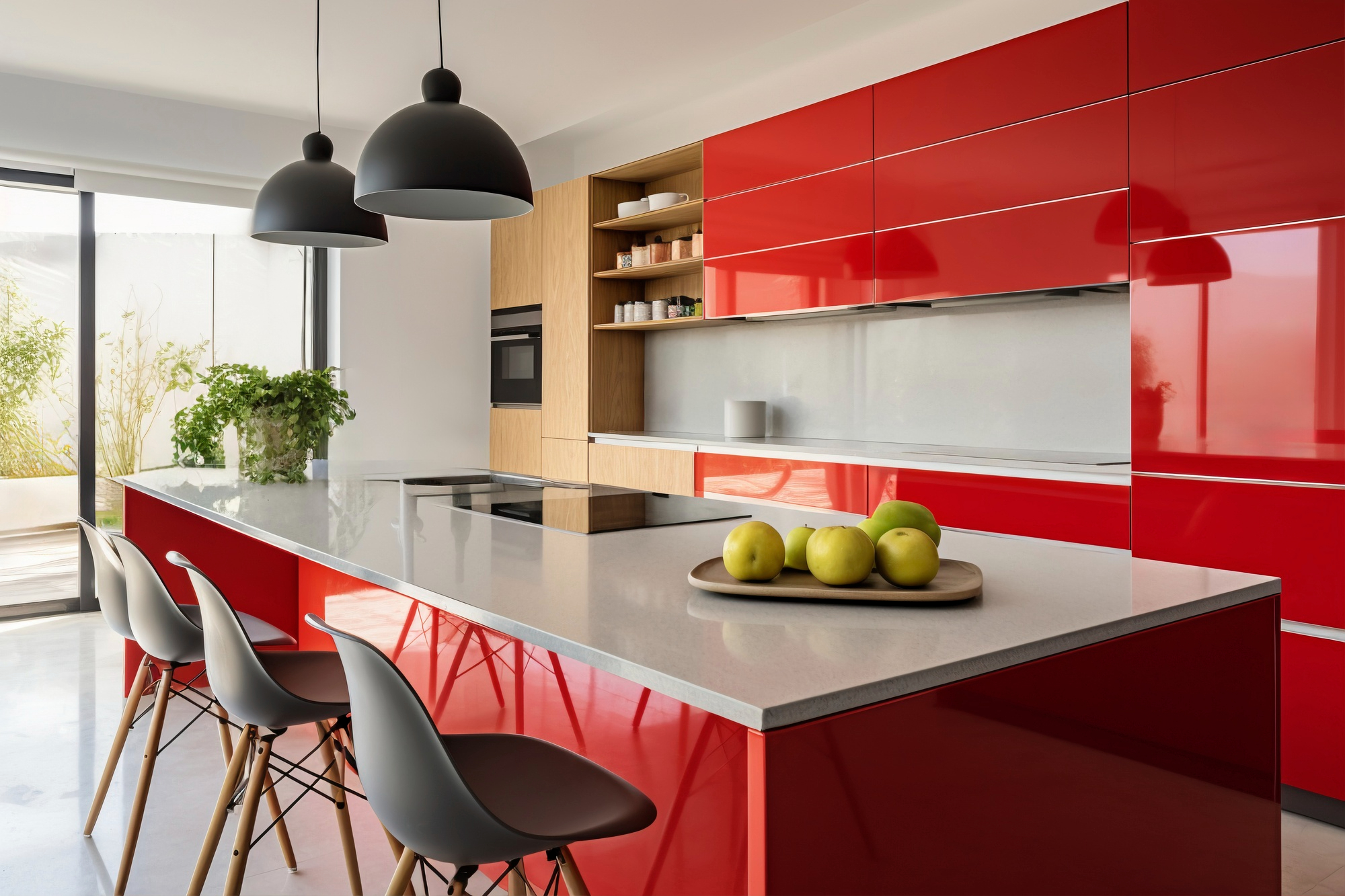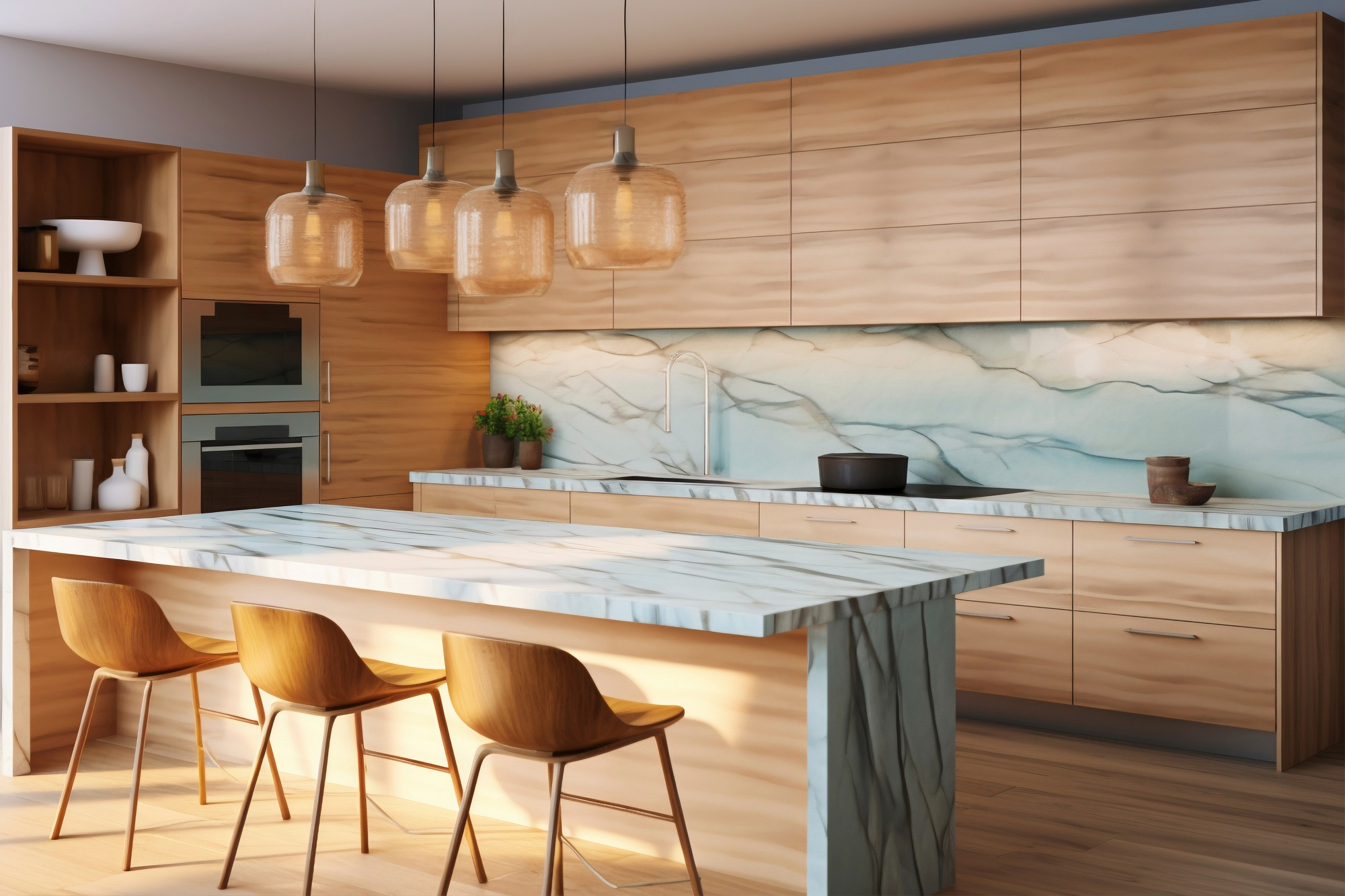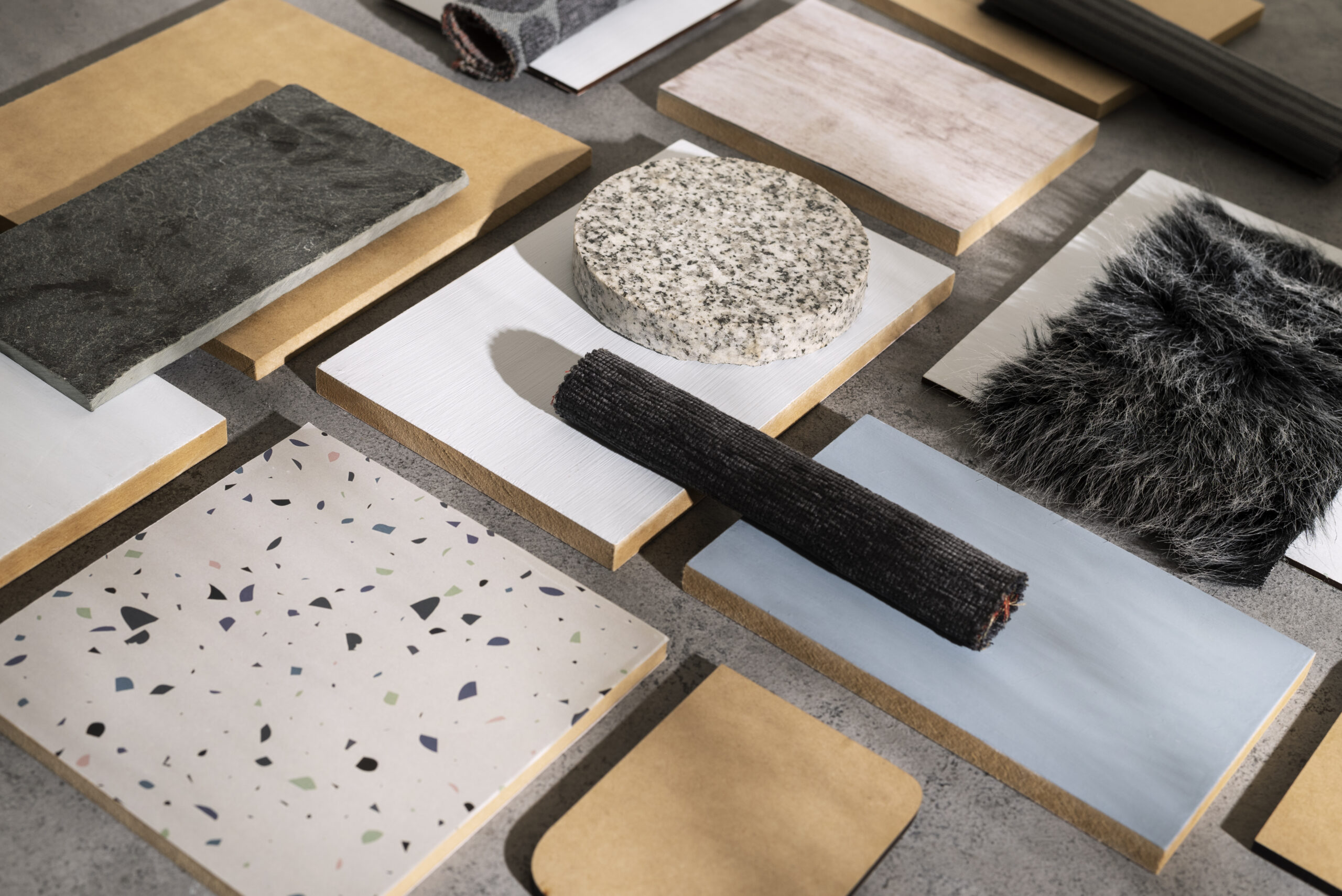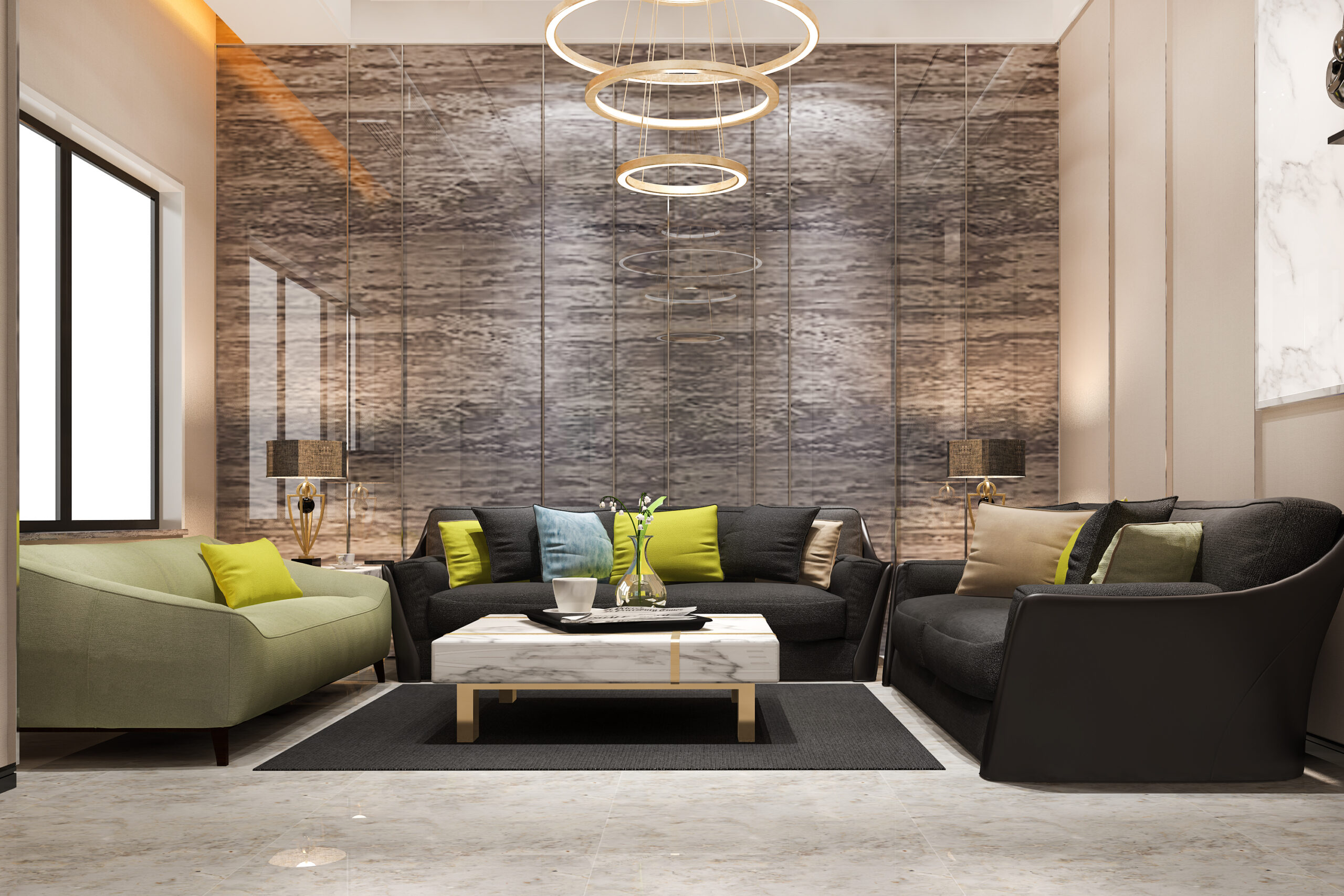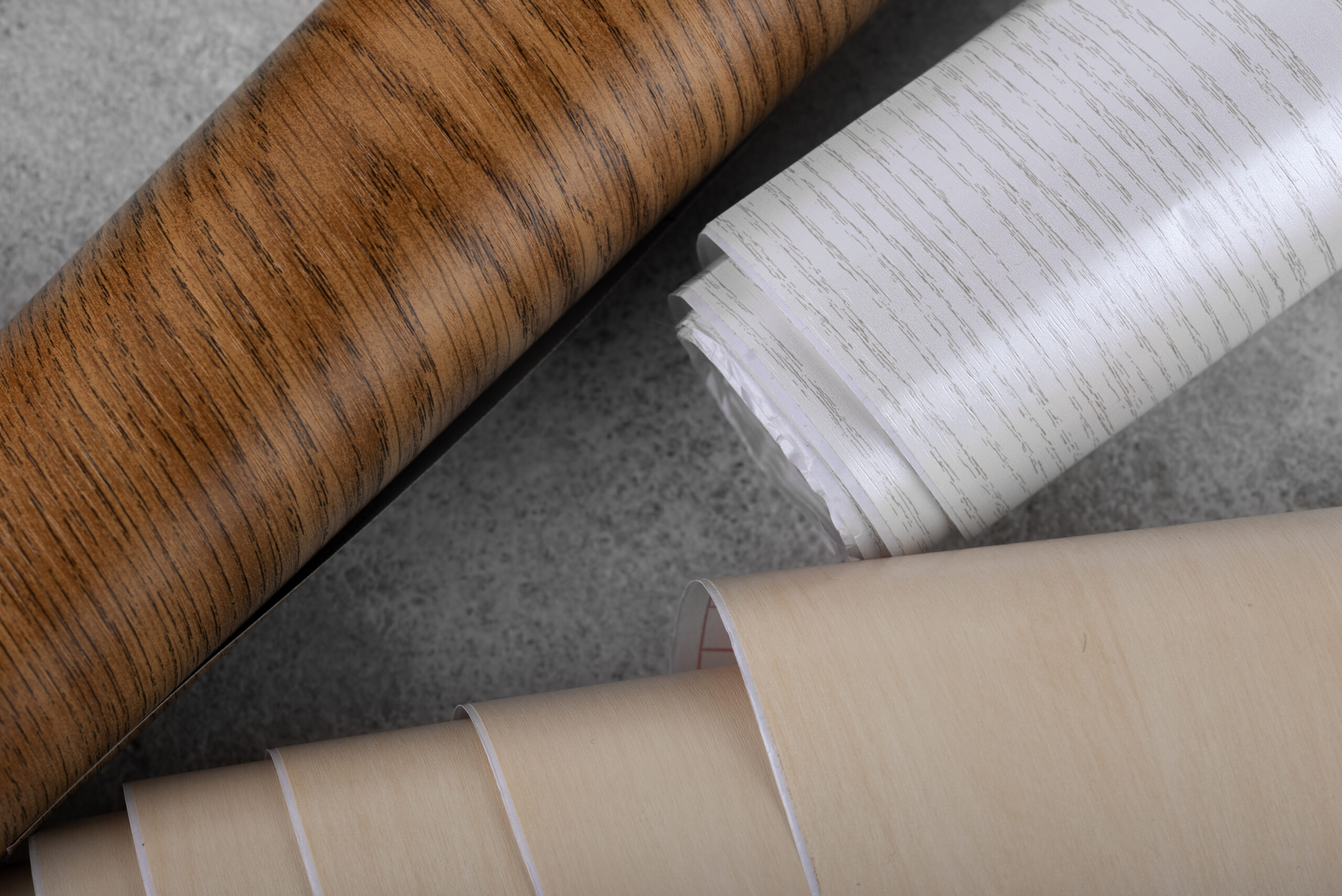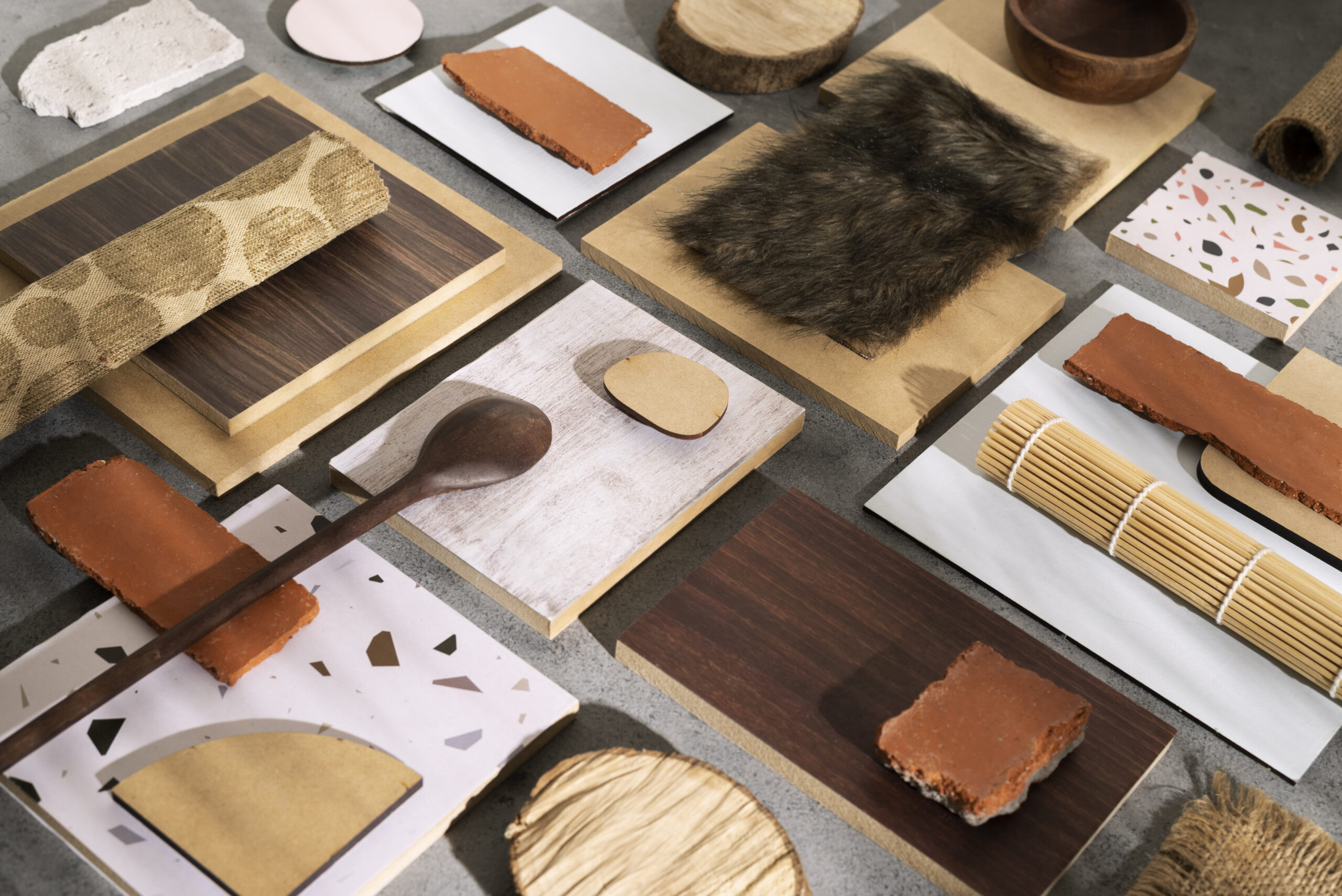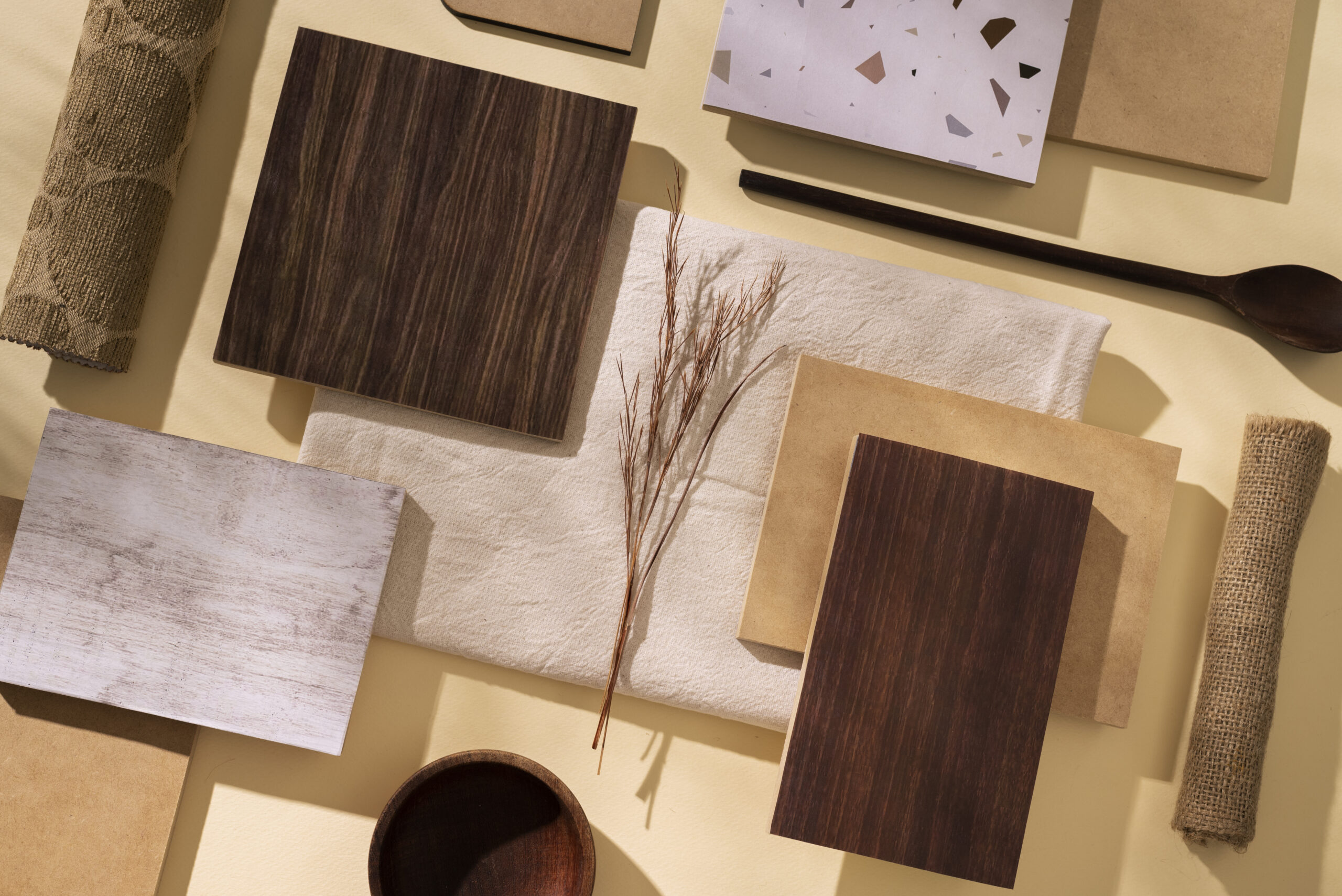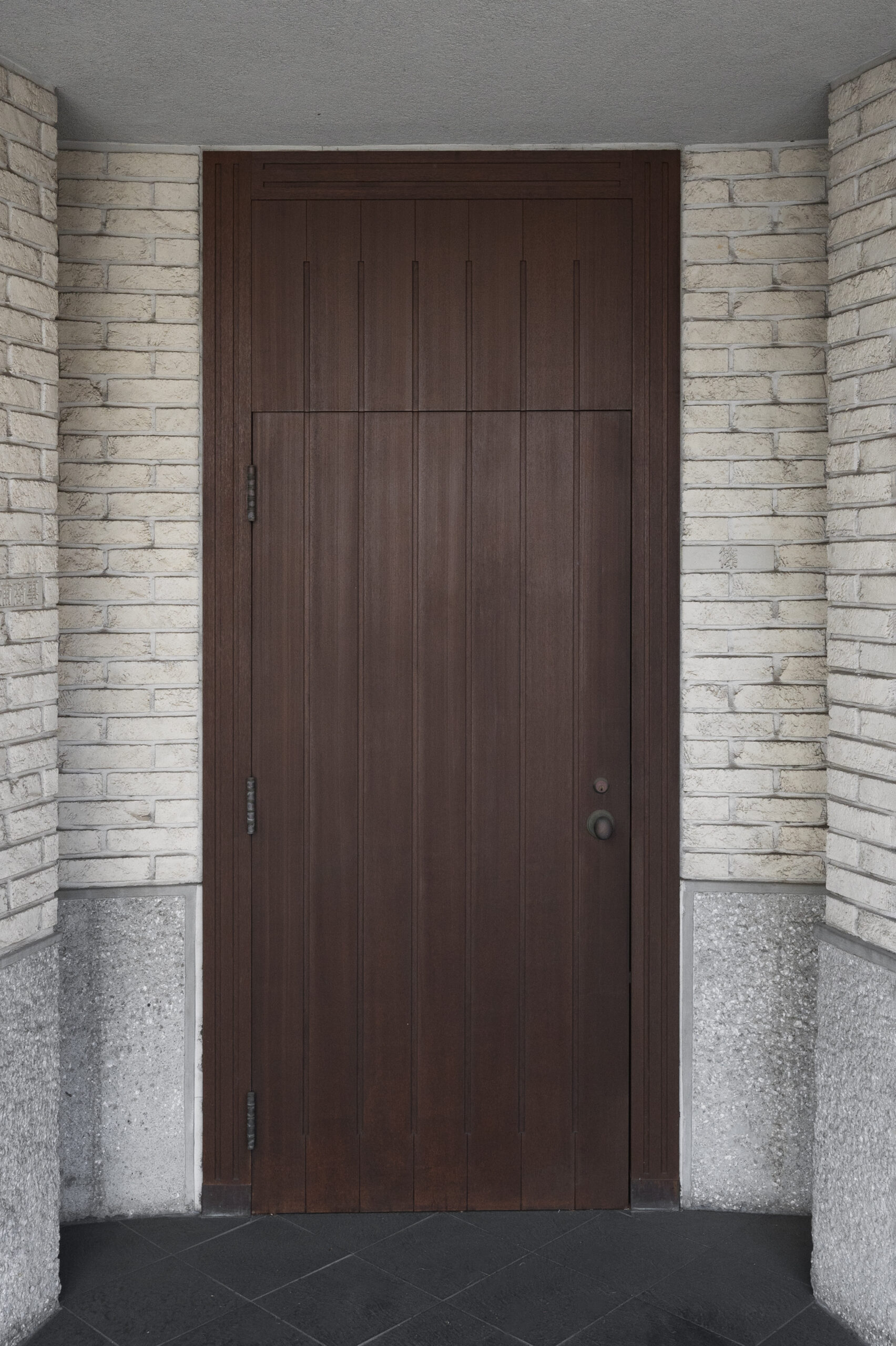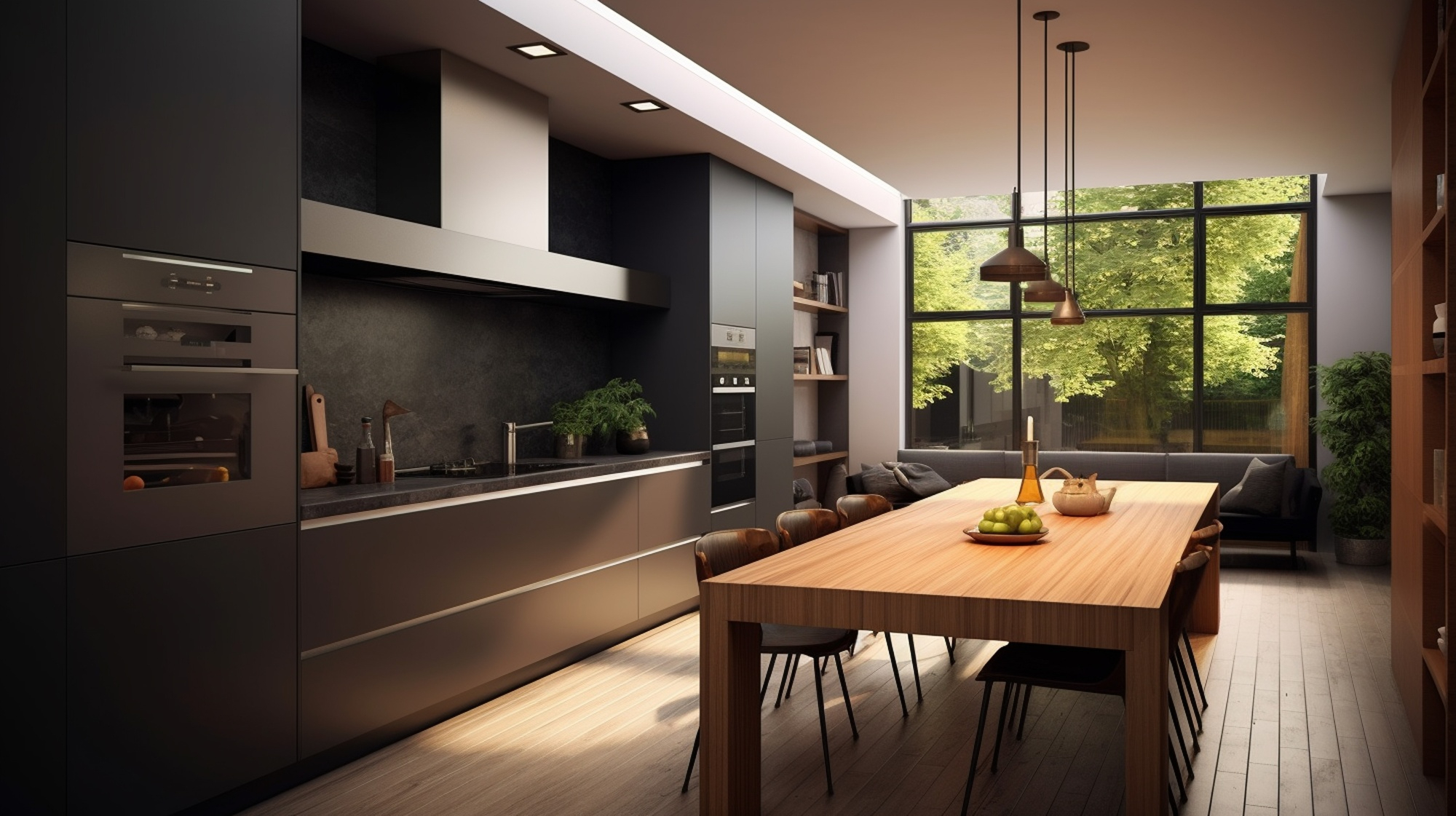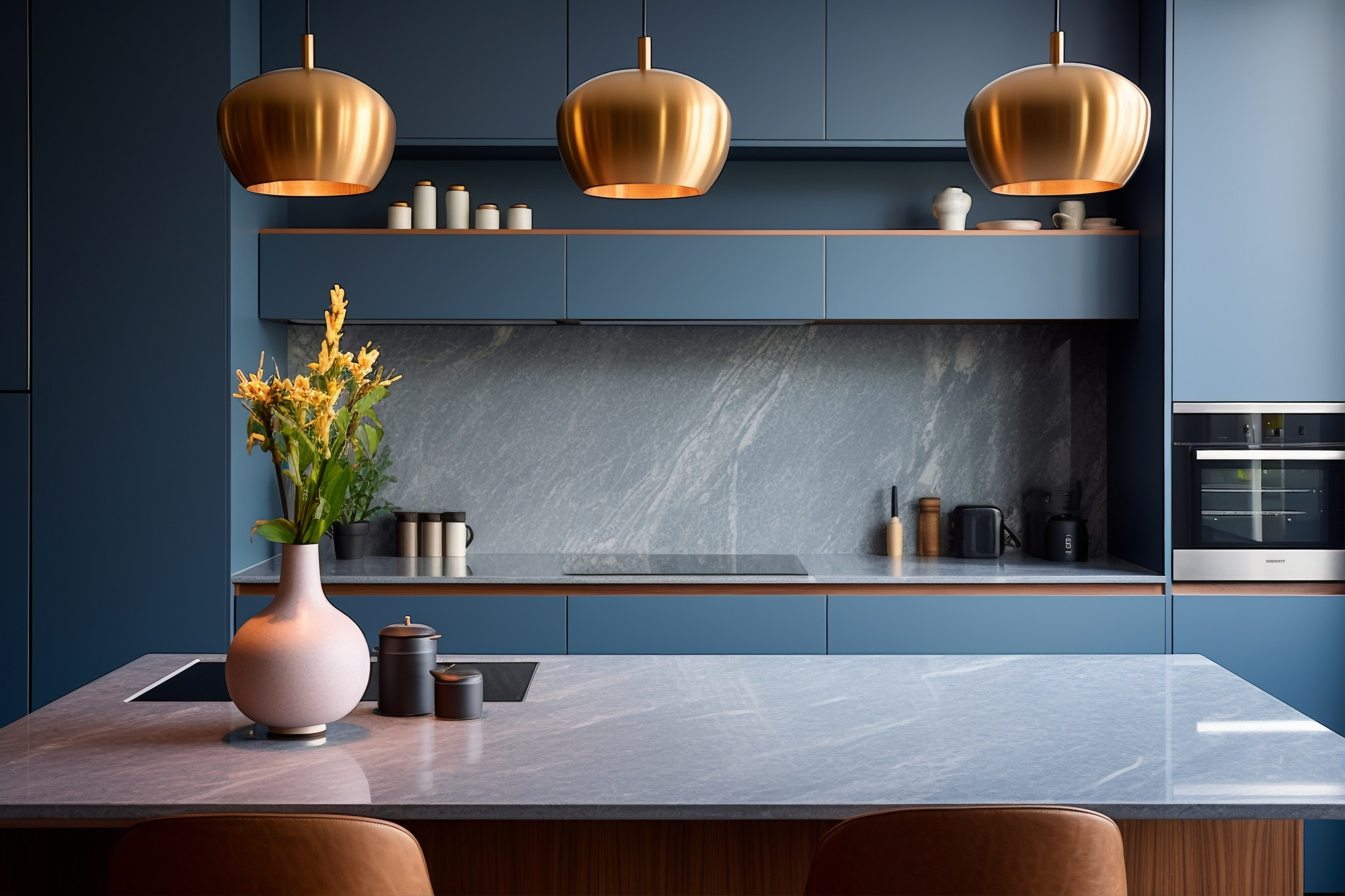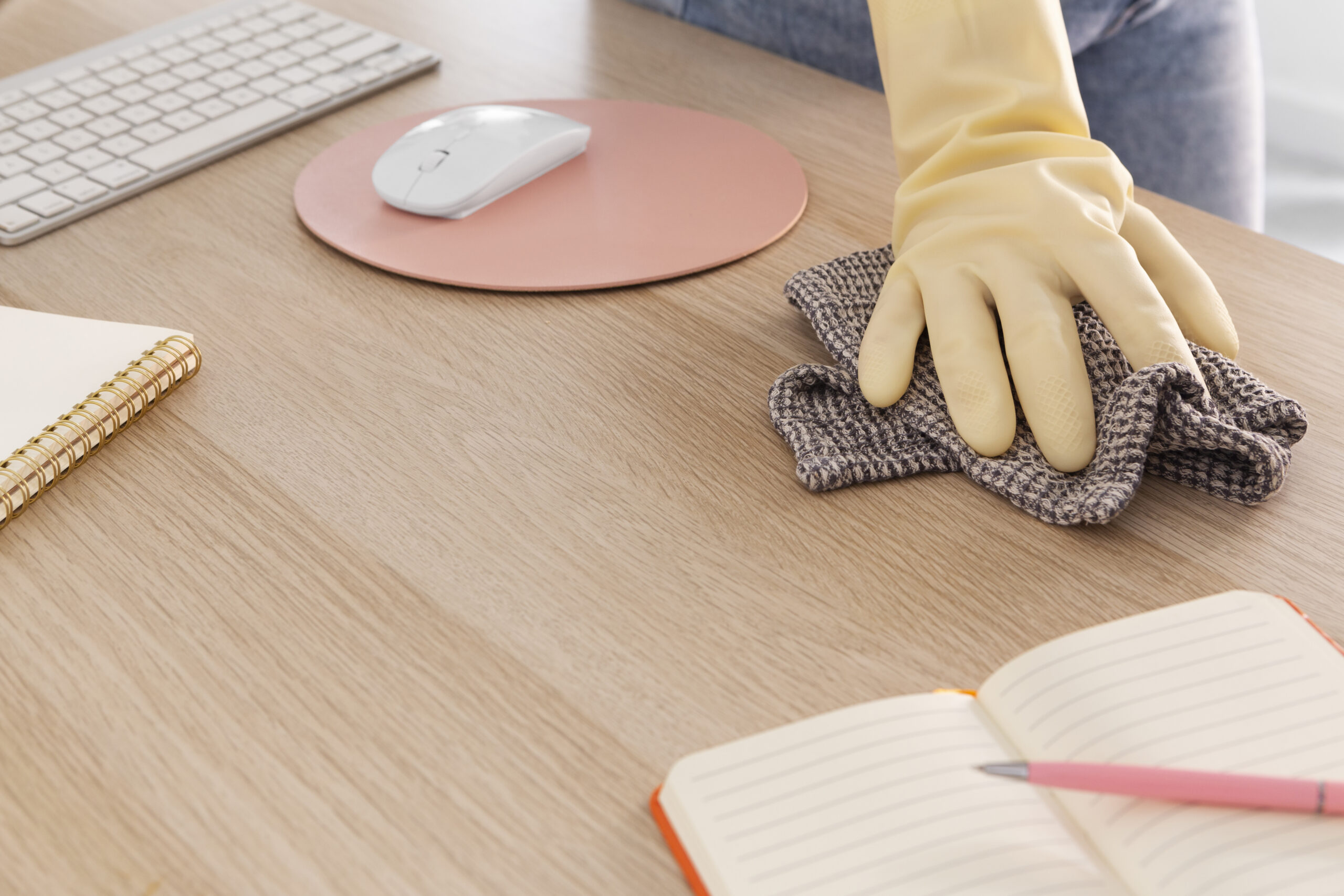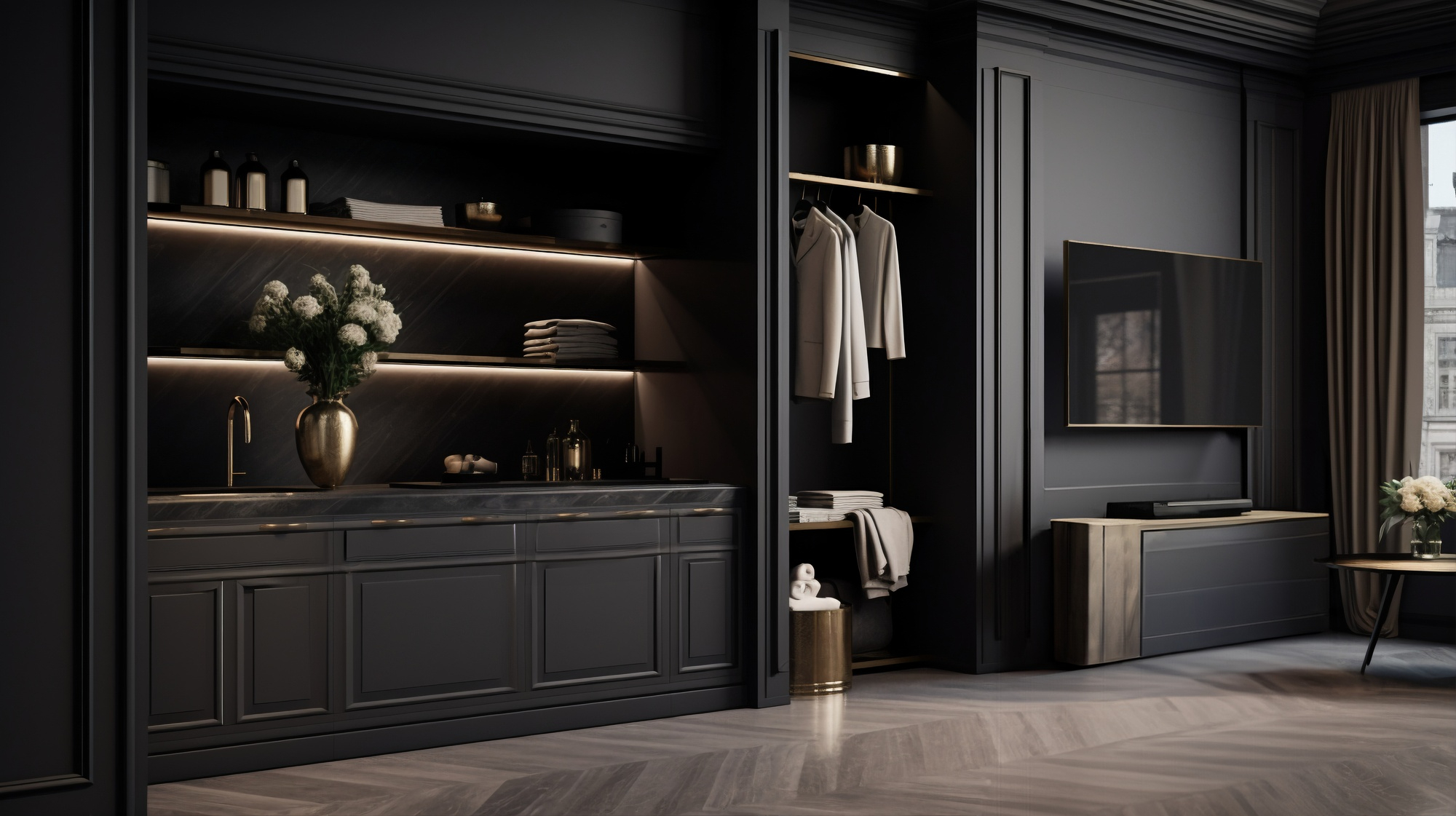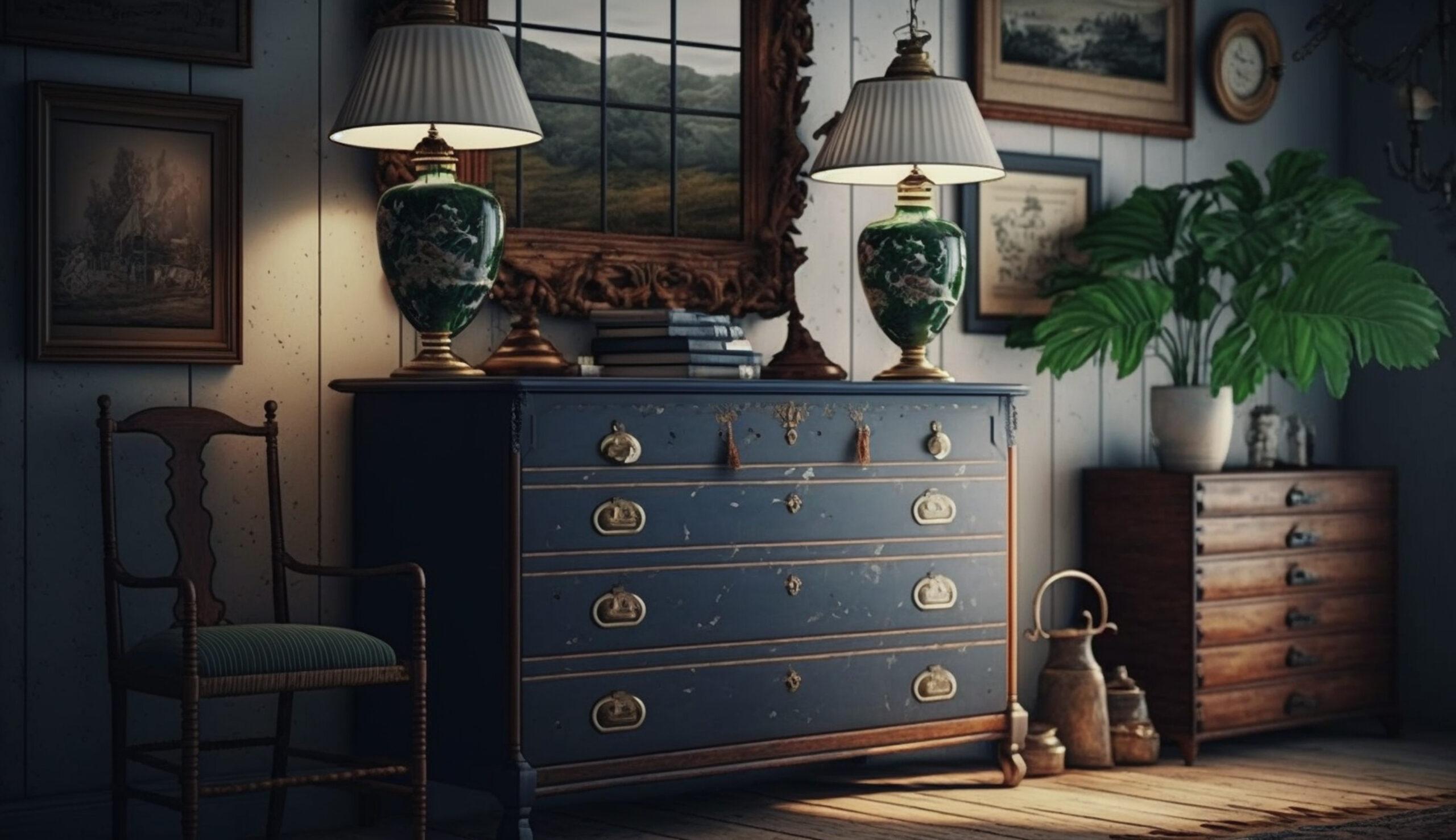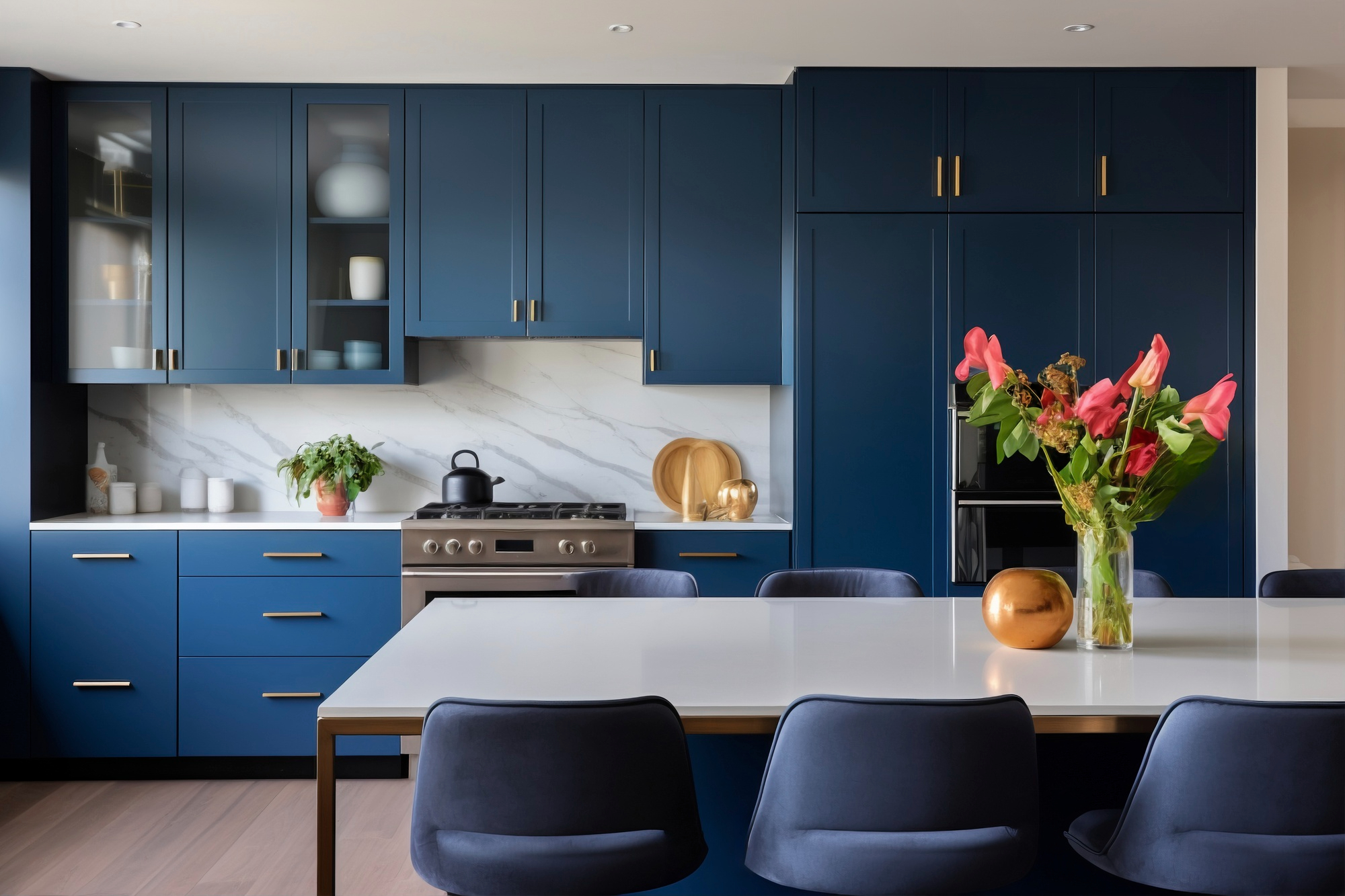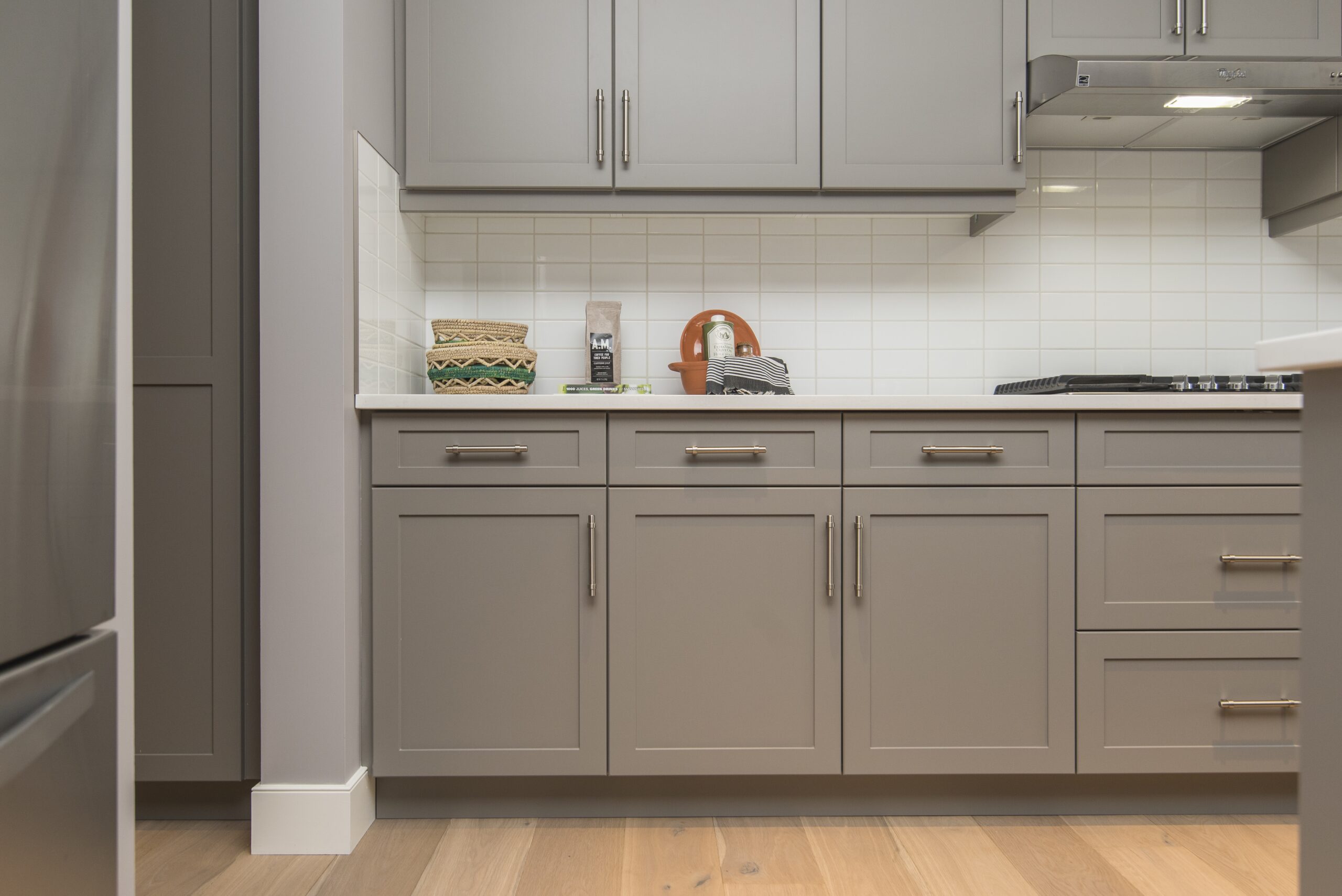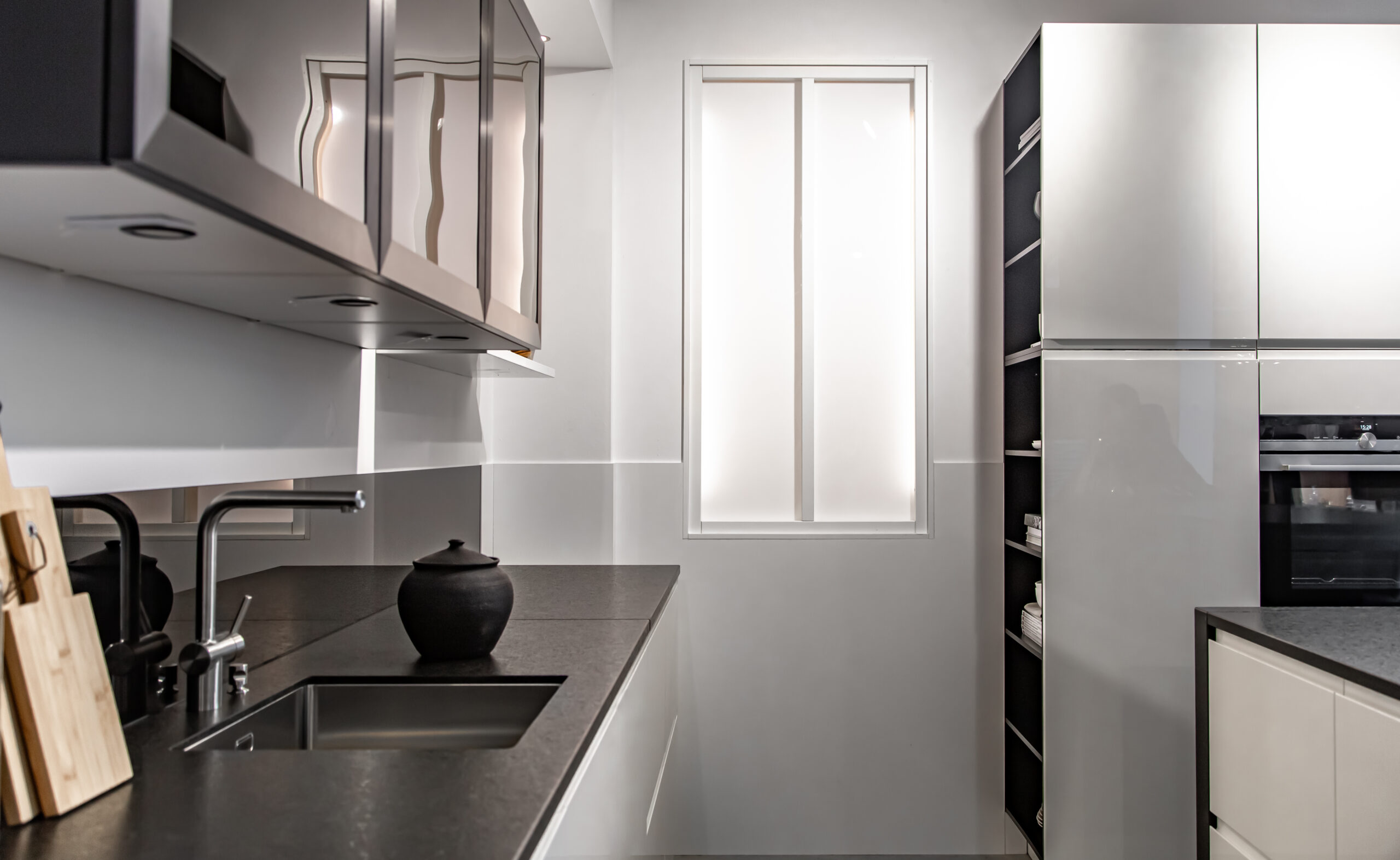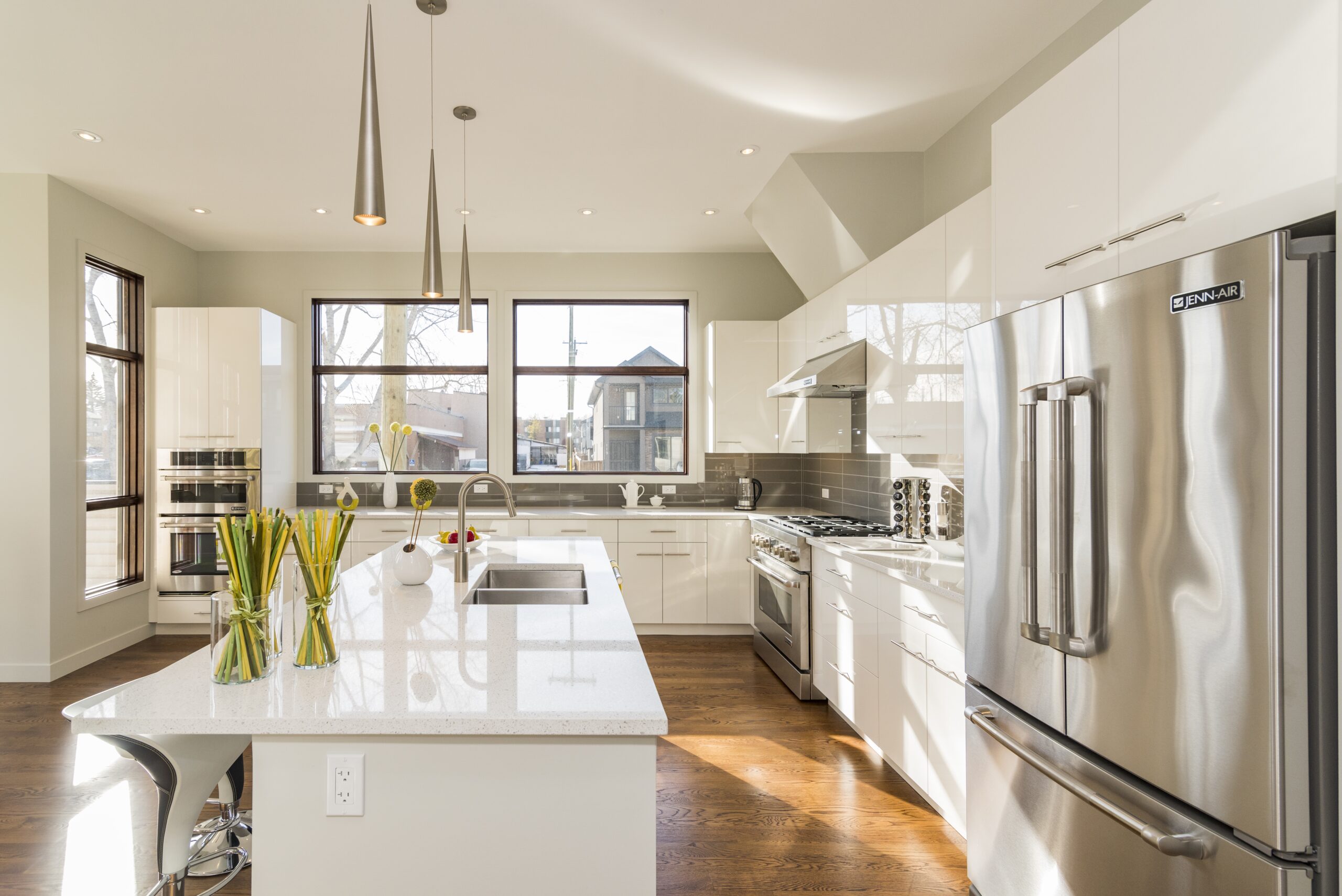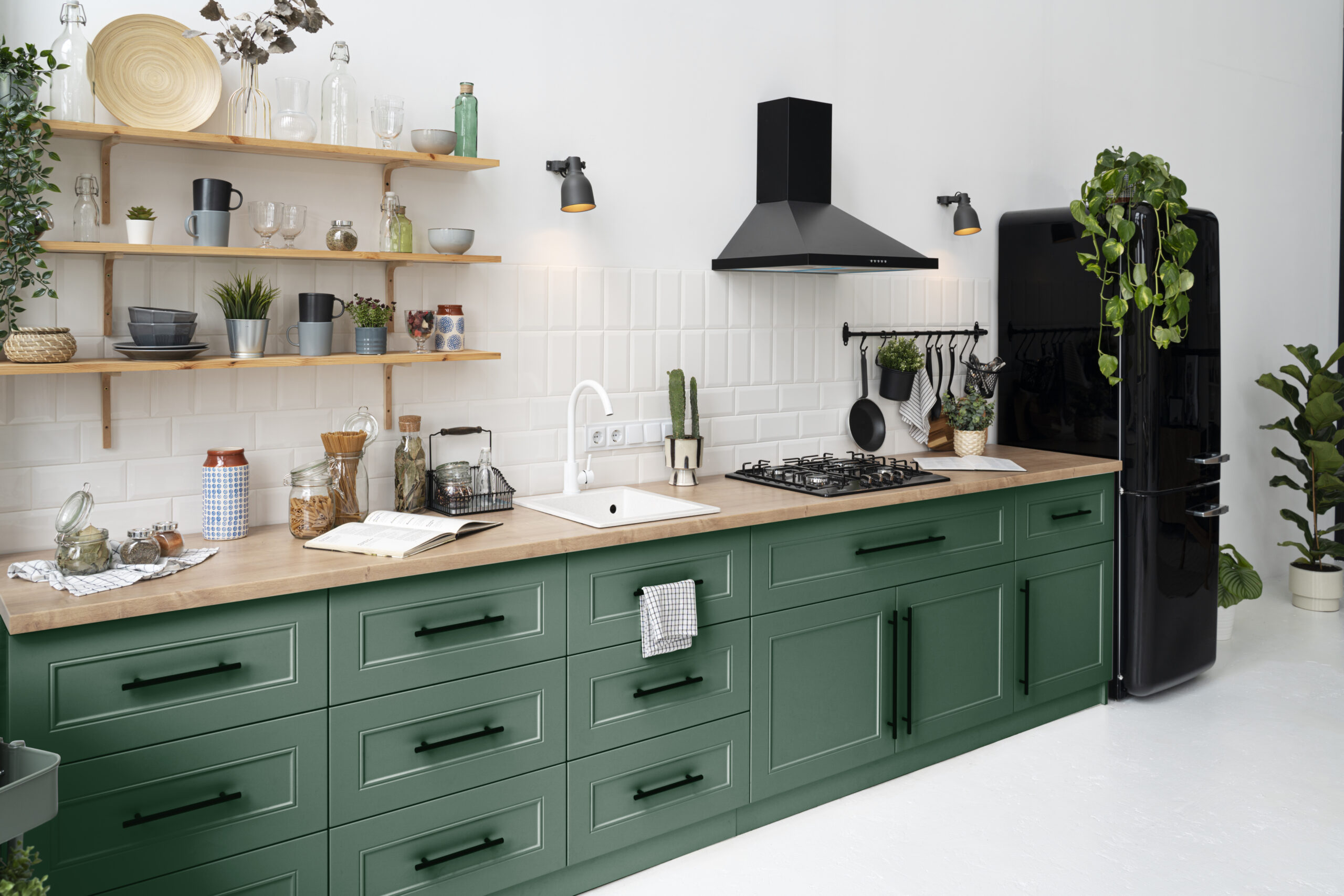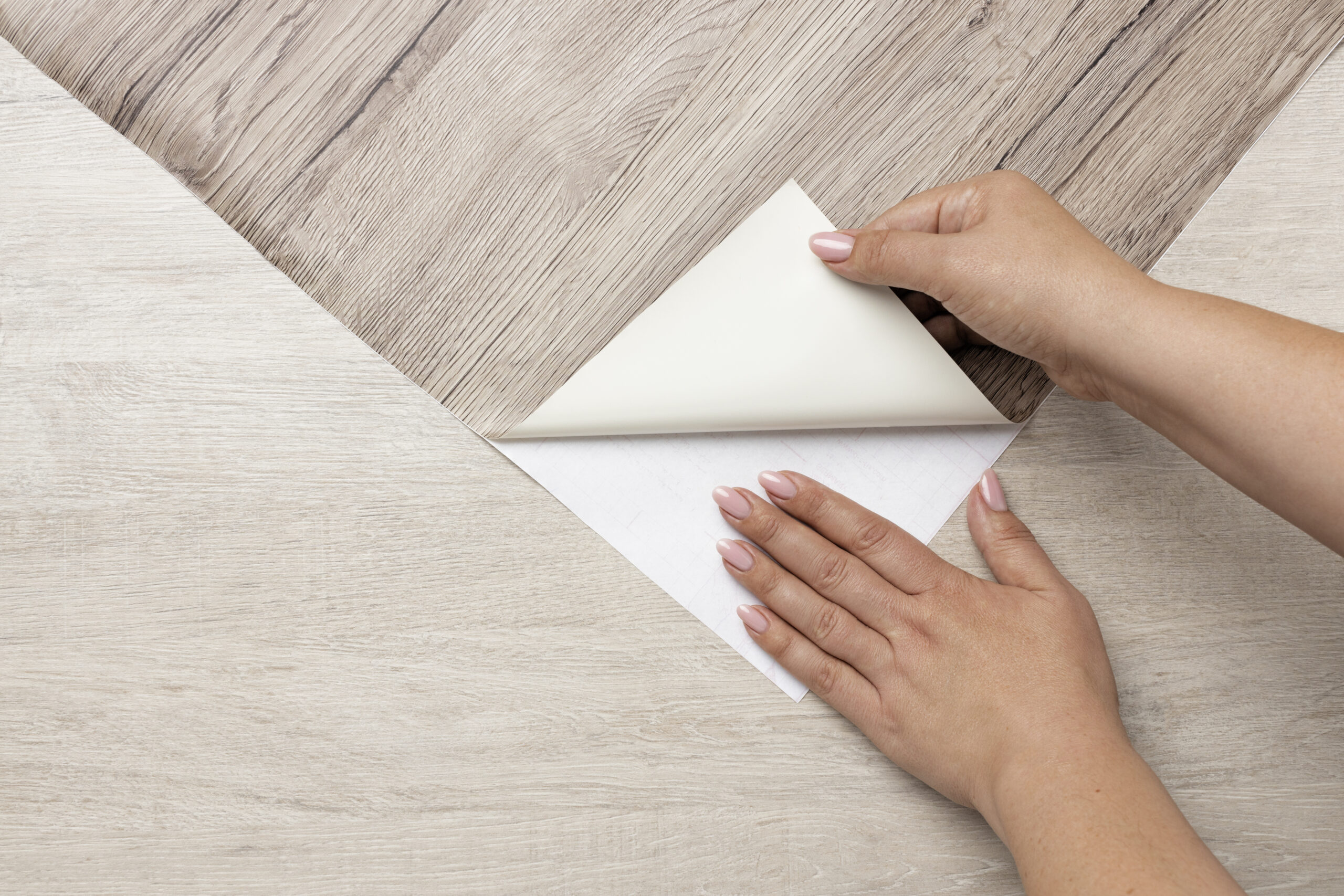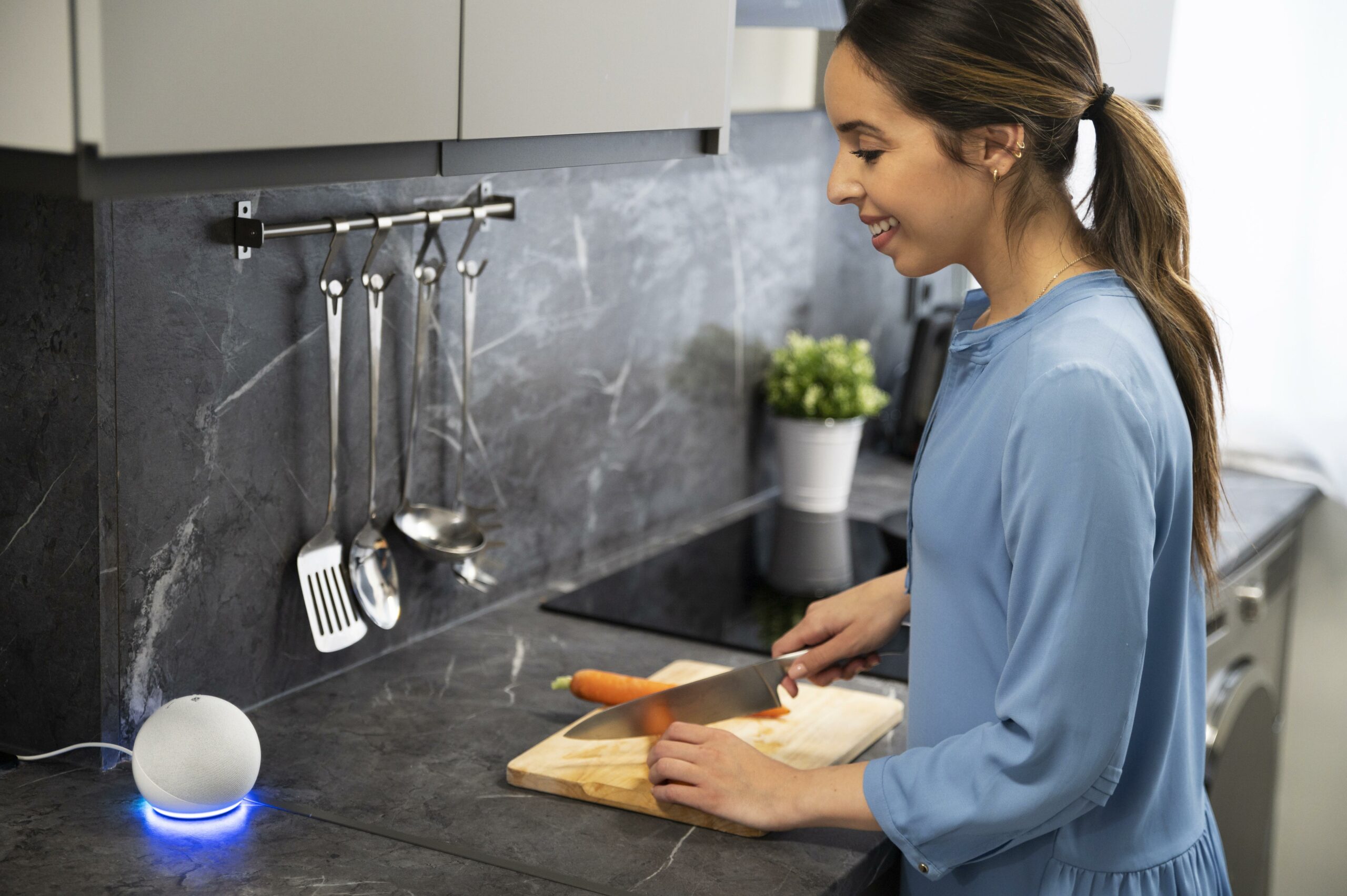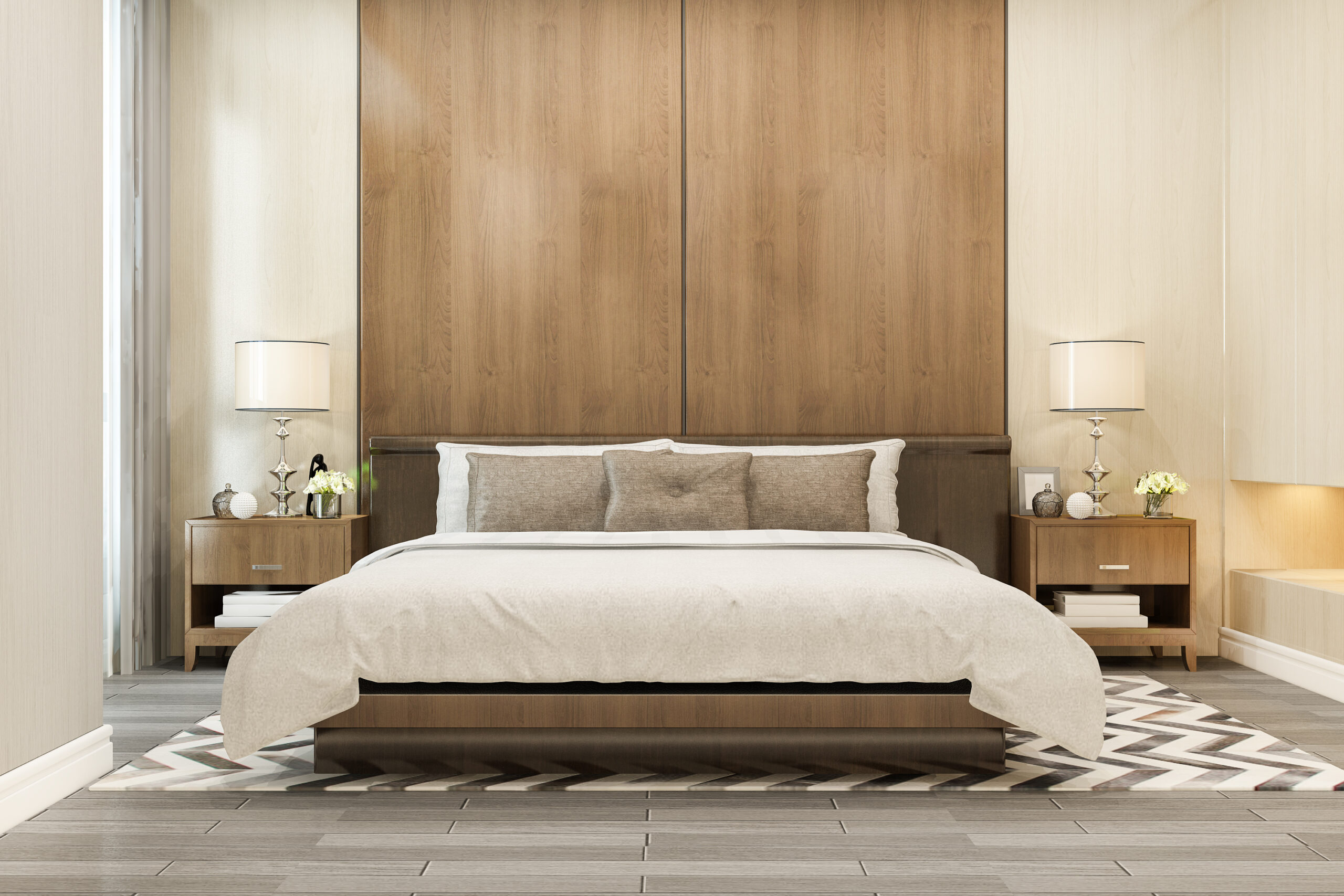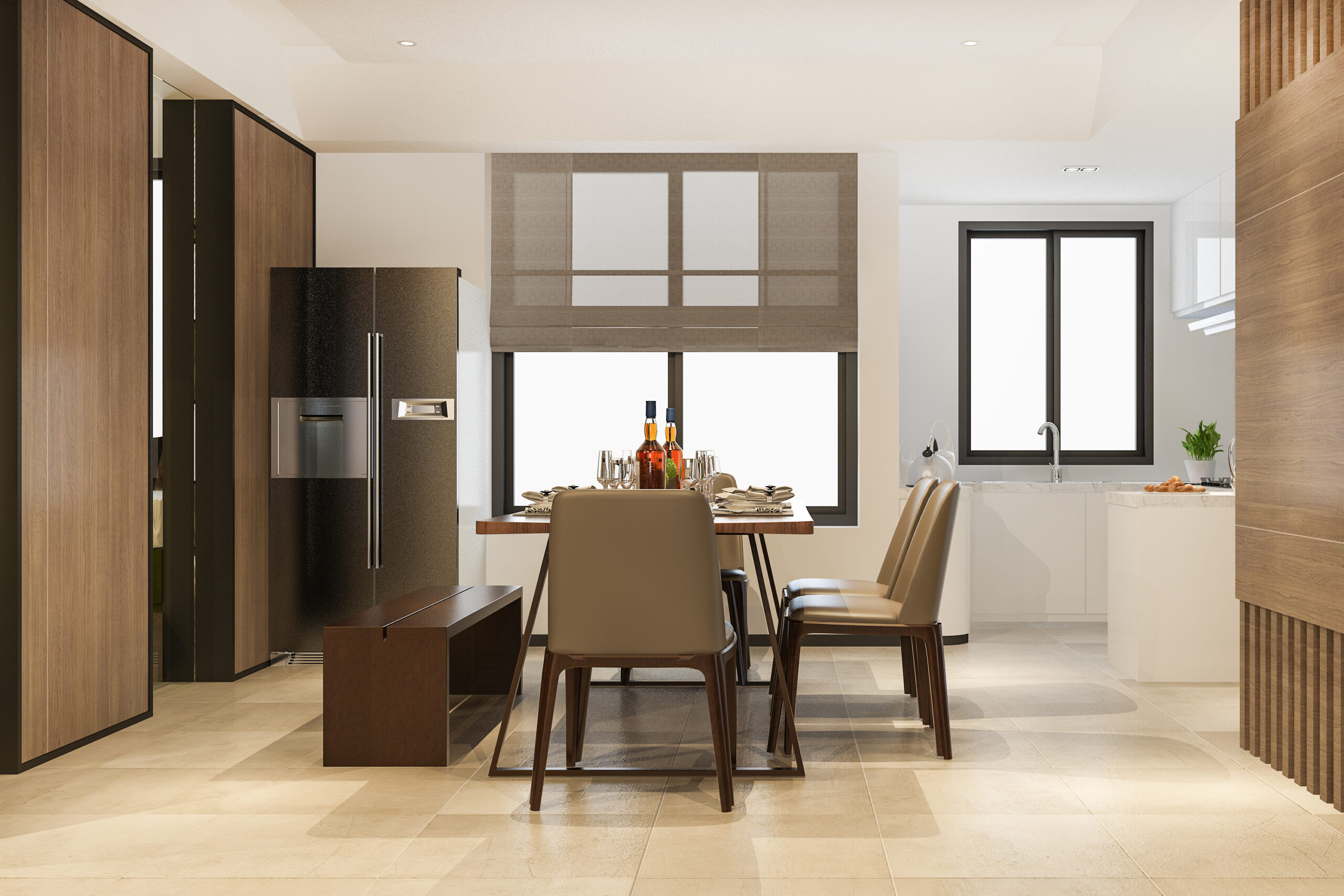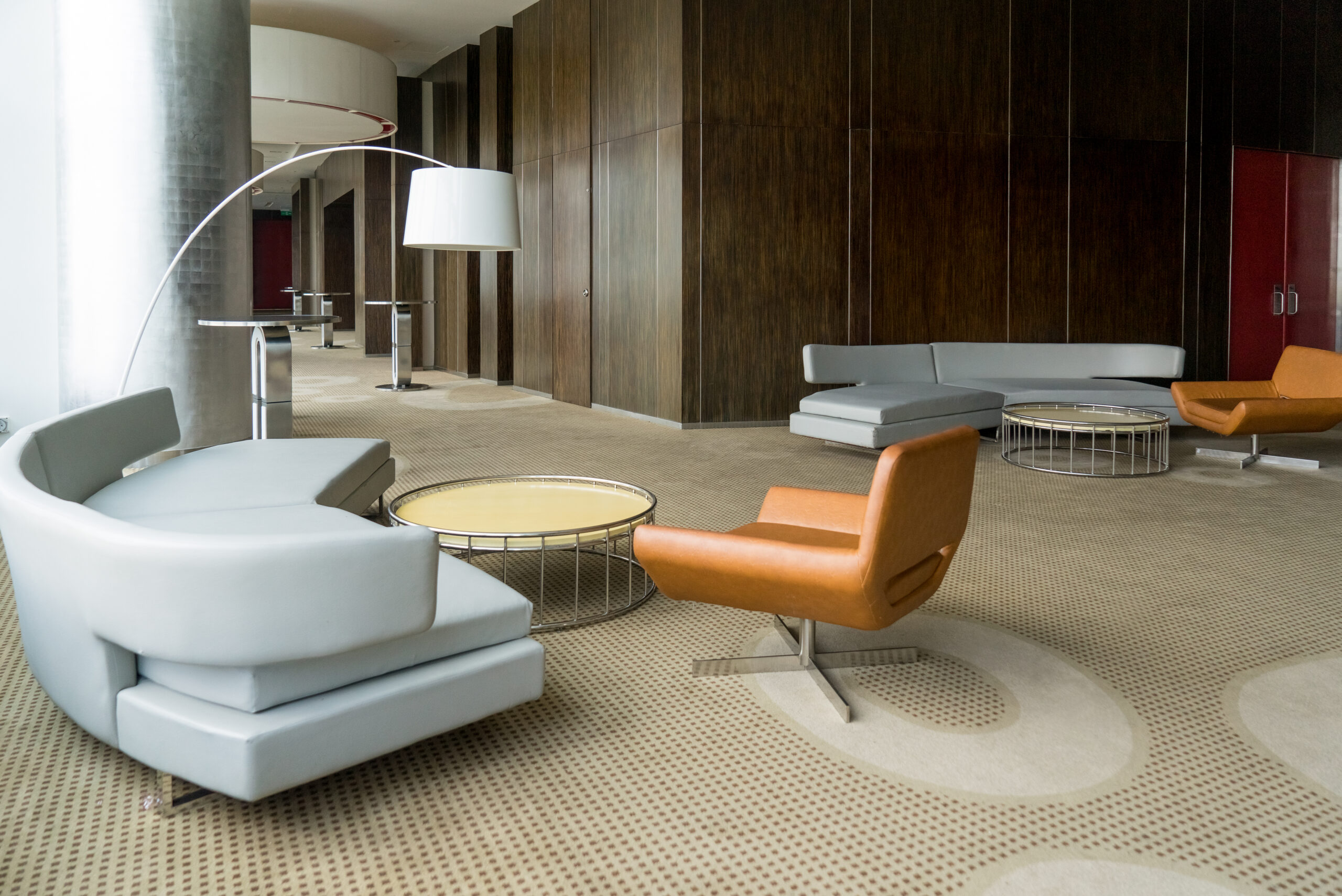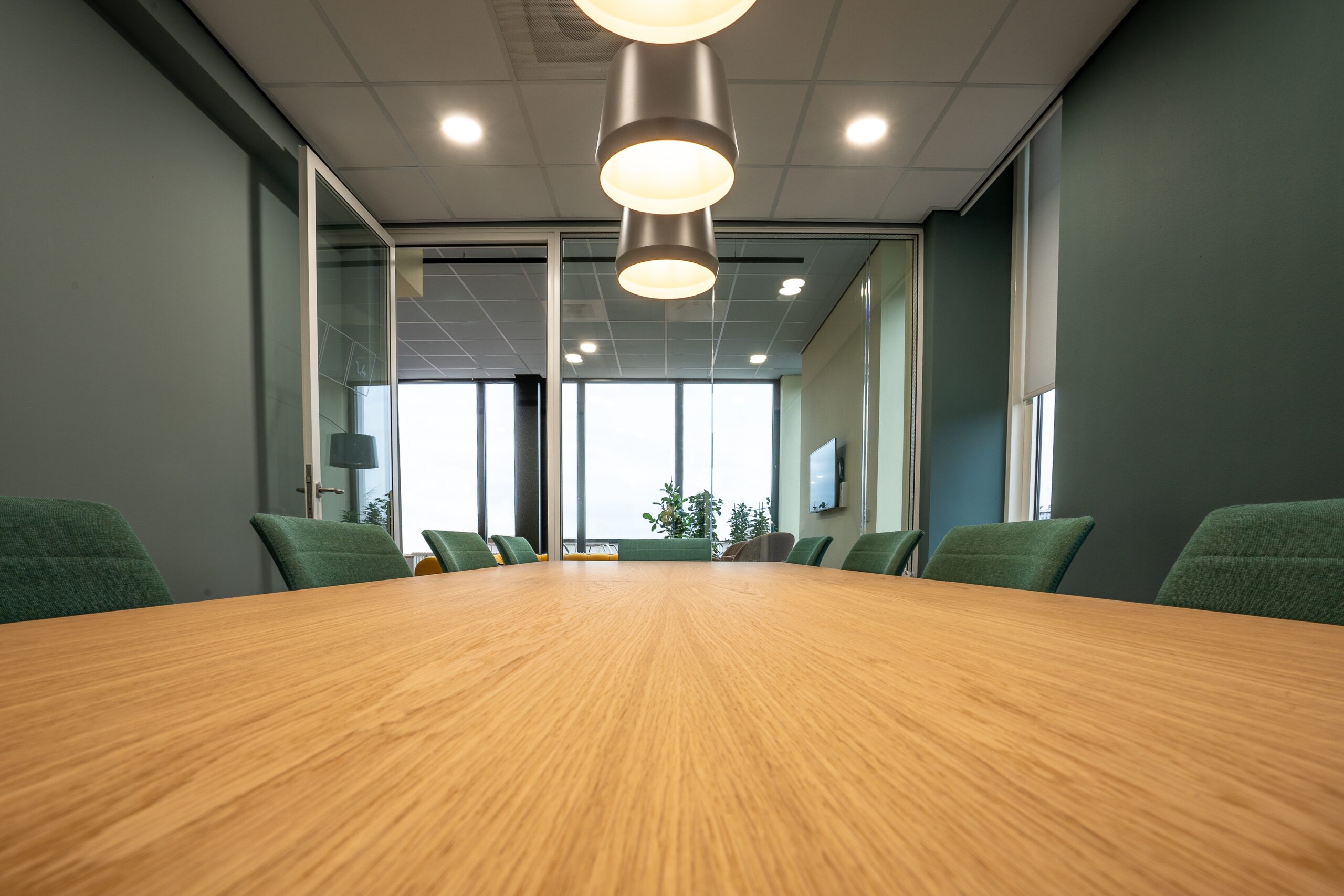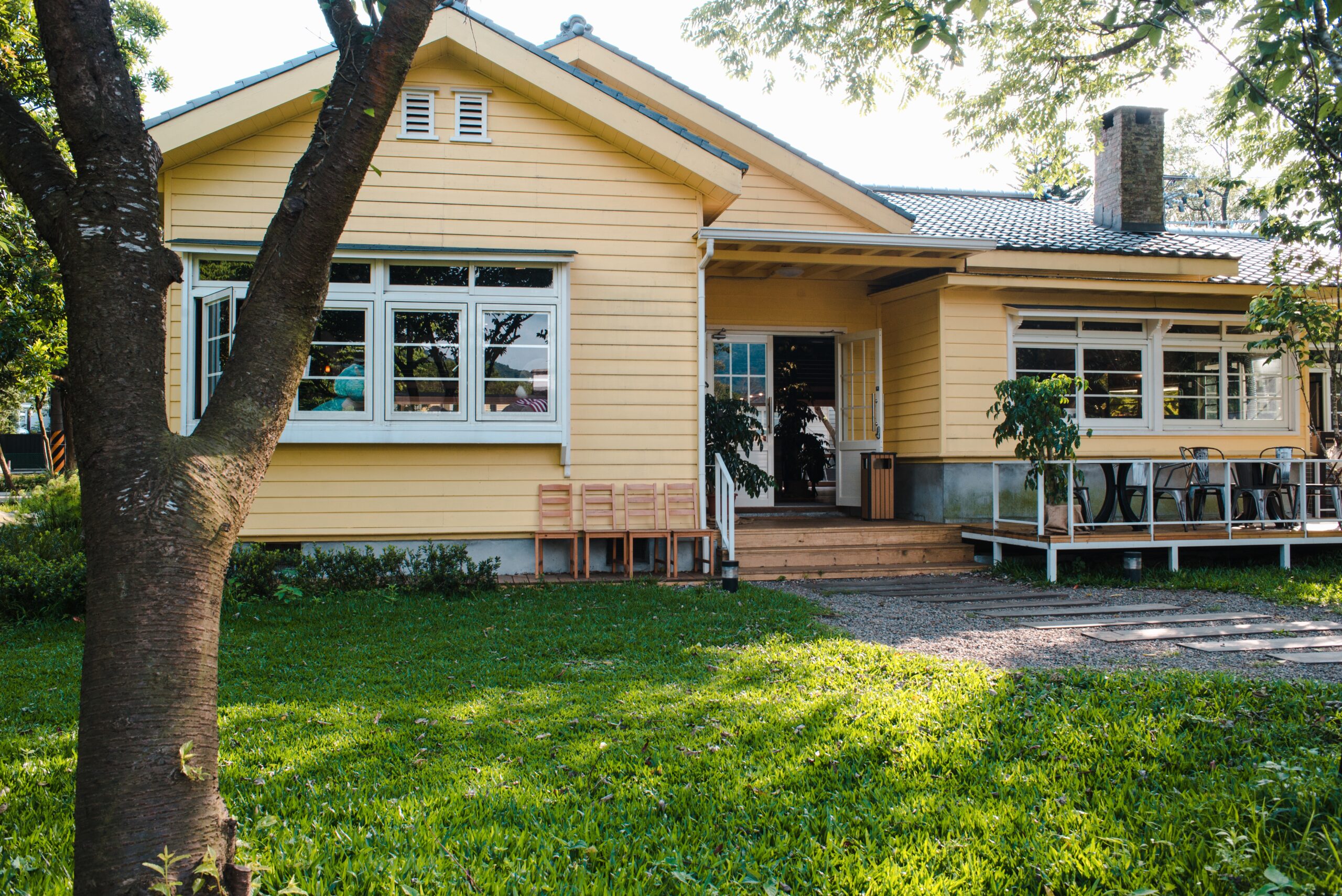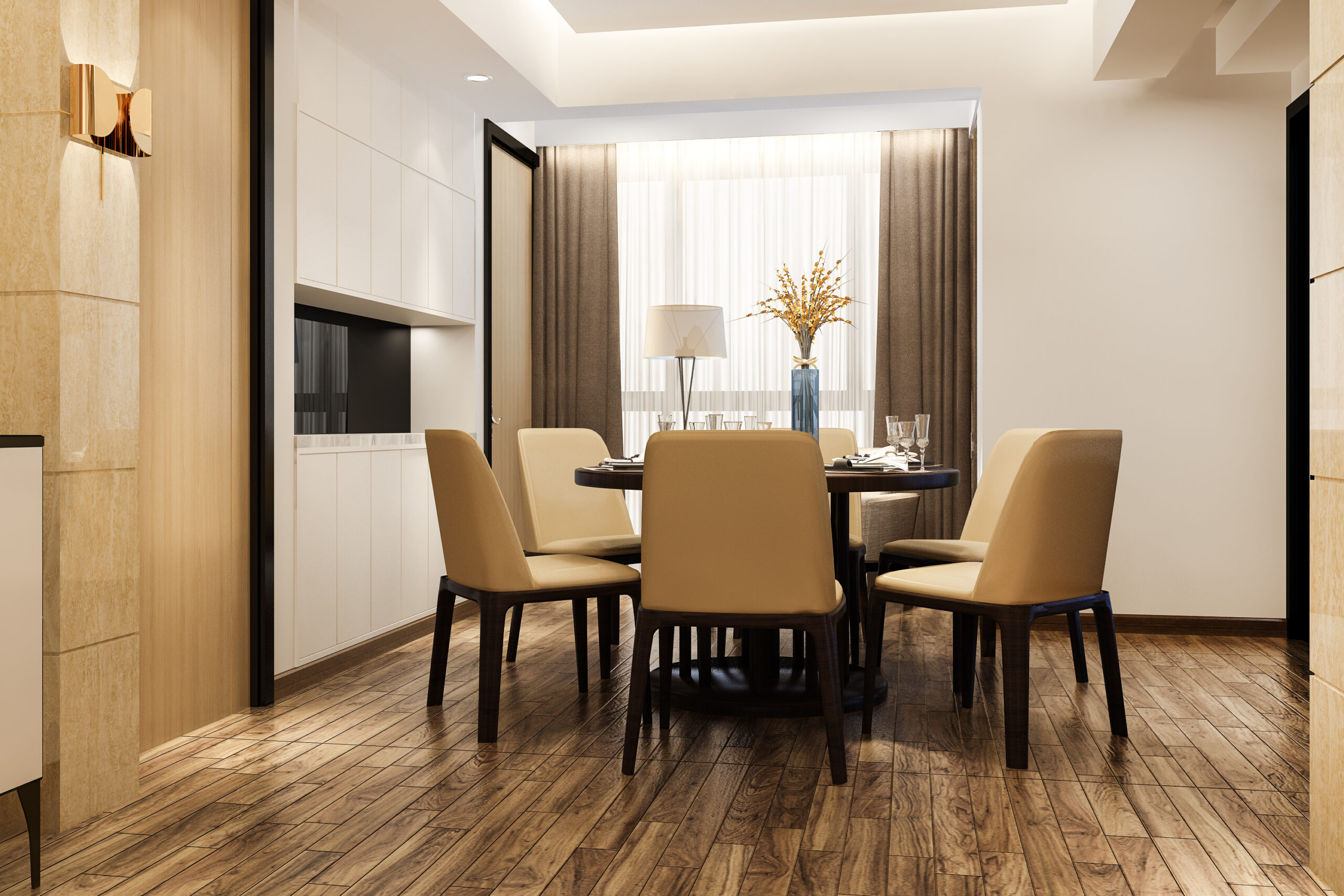Plywood and Sunmica: Understanding the Key Differences
When you are renovating your living spaces, you will find so many choices, like plywood and sunmica. But do you know the difference between sunmica and plywood? These two materials play a crucial role in the realm of furniture and interiors. Each material has its own unique characteristics that cater to your specific requirements. Plywood offers robustness and durability and is used in building homes, whereas sunmica adds a touch of style and protection to surfaces and is used in various applications such as wall panels, tables, doors, and furniture. Advance Laminates provides you with premium-quality laminates to enhance the aesthetic appeal of your home or office. In this blog, you will read about the key differences between plywood and sunmica.
What is Plywood?
Plywood comprises layers of wood veneers bonded together to create a flat sheet. It is known for its versatility and structural integrity. They are resistant to moisture and cracking. Its strength and stability make it a preferred choice for constructing furniture, cabinets, flooring, and even as a foundational material in buildings. If you want to know more about what is plywood? Plywood is a versatile product used for interior and exterior applications. The quality of plywood depends on various factors, such as the type of wood used, the number of layers, and the adhesive used in its construction.
Different types of plywood
The different types of plywood are as follows:
1. Softwood Plywood:
The plywood is crafted from softwood species like pine, spruce, cedar, etc. It is ideal for structural applications. Additionally, its cost-effectiveness makes it a popular choice for a wide range of projects.
2. Hardwood Plywood:
The plywood is crafted from hardwood species such as oak, birch, or maple. It is well-known for its durability and aesthetic appeal. Hardwood plywood is commonly used in furniture, cabinetry, and interior design where a strong frame is required that can handle weight.
3. Structural Plywood:
The plywood is made for structural purposes, and it is a mixture of hardwood and softwood veneers. Its strength and durability make it a reliable choice for framing.
4. Sanded Plywood
These types of plywood are utilized for places like bookshelves, panels, shelves, and more. During the manufacturing process, the top and bottom plies of sanded plywood are finely sanded, and the surface is made smooth. They are made up of three or more panels with wood veneer layers that are cross-laminated.
5. Decorative Plywood:
These types of plywood are best for modern homes. They are primarily used in furniture and interior design, where appearance matters. The decorative veneer adds a touch of elegance to the finished product.
Advantages and limitations of using Plywood
Plywood is well-known for its versatility and strength. Some of the benefits of plywood are as follows:
1.Strength and Stability:
Plywood provides exceptional strength and stability. This makes it an ideal choice for structural applications where durability is paramount.
2. Versatility:
Plywood can be easily cut, shaped, and manipulated. This versatility allows craftsmen to explore designs and varied applications, from furniture construction to architectural details.
3. Available in Different Types:
Plywood is available in various types, such as softwood, hardwood, marine, etc., to cater to the diverse needs of individuals. Each type of plywood possesses unique qualities and provides solutions according to specific requirements.
4. Resistance to Warping:
Plywood resists warping and shrinking and ensures dimensional stability over time. These are some of the major benefits of plywood.
Limitations of Plywood:
1.Appearance:
While plywood offers strength, its aesthetic appeal might not match the natural beauty of solid wood.
2. Weight:
Plywood is generally lighter than solid wood.
3. Environmental Impact:
The manufacturing process of plywood involves adhesives and chemicals, raising environmental concerns.
What is Sunmica?
Sunmica is generally a brand of laminates. Sunmica is a decorative laminate sheet that enhances the aesthetic appeal of your interior and exterior spaces. If you would like to know more about what is sunmica? It is crafted through a meticulous process involving layers of kraft paper impregnated with melamine resin. These layers are then fused under high pressure. The laminate surface is used for kitchen countertops, cabinets, tabletops, and furniture. Today, sunmica has become an integral part of interior design and can transform ordinary surfaces into styles of expression.
Different types of Sunmica
Here, you will find the different types of Sunmica to help you make an informed decision for your design needs.
1. Woodgrain Sunmica:
Woodgrain sunmica mimics the natural beauty of wood, and it is perfect for those who desire the warmth and elegance of wood. Diverse options are available, from classic oak to rich mahogany, offering a timeless appeal.
2. Textured Sunmica:
These types of sunmica provide the look of natural surfaces such as wood, stone, leather, etc. Textured Sunmica is designed to stimulate both visual and tactile senses and provide richness and elegance to your spaces.
3. Decorative Laminates
These laminates are composed of the best-quality paper and resin. Apart from this, they are resistant to scratches and stains. These laminates’ design, texture, and finish have a more sophisticated visual appeal. It is used for doors, kitchen countertops, and cabinets.
4. Anti-bacterial Laminates:
These types of sunmica provide a hygienic environment for your space. They are manufactured by using unique ingredients that are resistant to the growth of microorganisms, including mold, termites, and different infections. These laminates are used in food preparations and healthcare environments.
5. High Gloss Sunmica:
High gloss Sunmica has a reflective surface. Its mirror-like look creates a sleek and polished appearance. These types of sunmica are used for modern kitchens and furniture, giving a high-end finish that’s easy to clean and maintain.
These types of sunmica allow you to tailor your surfaces to suit your style and the overall theme of your space.
Advantages and limitations of using Sunmica
Here, you will find the benefits of sunmica that help you enhance the overall appeal of your space.
1.Versatility in Design:
Sunmica comes in a wide range of colors, patterns, and finishes, allowing individuals to match their interior and exterior spaces. It will add a decorative touch to furniture, cabinets, and surfaces.
2. Durability:
Sunmica is known for its durability and its resistance to daily wear and tear. That is why it is an ideal choice for high-traffic areas in homes or offices.
3. Easy Maintenance:
Sunmica is very easy to maintain. You can clean it with a damp cloth to keep it looking new. This ease of maintenance makes it an ideal option for busy households.
Limitations of Sunmica:
1. Sensitivity to Heat:
Sunmica may not be suitable for areas exposed to high heat. Direct contact with hot objects can lead to damage such as warping and discoloration.
2. Scratch Sensitivity:
Do not expose sunmica to sharp objects or rough handling. It’s important to use caution and avoid abrasive cleaning materials.
3. Limited Repair Options:
Like other natural materials that can be repaired or refinished, repairing damaged Sunmica may be challenging. In cases of significant damage, replacement may be necessary.
Differences between Sunmica and Plywood
Mention below the difference between sunmica and plywood, which you should consider before purchasing it. Each material brings its unique set of characteristics, so it is essential to understand the differences in terms of maintenance, durability, and cost considerations before making an informed decision.
1. Maintenance
Sunmica is known for its easy-maintenance quality. It is resistant to stains and can be cleaned with a mild detergent and a soft cloth. Regular cleaning is sufficient to keep it looking pristine. Whereas, plywood requires maintenance as it is susceptible to water damage, warping, and termites. It demands more care as compared to Sunmica.
2. Durability:
Plywood is known for its strength and durability, making it an ideal choice for structural applications. Whereas, Sunmica offers durability, but it cannot match the structural strength of plywood. Hence, the choice between plywood and sunmica depends on your specific requirements.
Choosing the Right Material for Your Furniture
If you want to choose the right material for your furniture between plywood and sunmica then it depends on your specific needs, as your decision influences both aesthetics and functionality. Both materials offer different advantages. Sunmica is known for its versatility and visual appeal. It comes in an array of colors, patterns, and textures, allowing you to express your unique style. If you prioritize aesthetics and desire a low-maintenance surface, sunmica will be the ideal choice. Its smooth finish is easy to clean, and it resists stains, making it a practical choice for spaces that require both aesthetic appeal and functionality. On the other hand, plywood is best for structural applications. Its robust nature makes it suitable for a variety of applications, from crafting cabinets to constructing durable furniture.
Conclusion:
If you are comparing plywood and sunmica, then your decision should depend upon the specific requirement for which you want to purchase. If you want durability and strength, then plywood is the better choice. But if you seek an easy-to-maintain and visually appealing surface, then Sunmica is the ideal solution. Balancing these factors will help you make a well-informed decision that aligns with your requirements. Advance Laminates is a renowned manufacturer of premium laminates, where you will find diverse designs of laminates at the best prices.
FAQs
1.Can Sunmica be applied to plywood?
Yes, Sunmica can be applied to plywood, and this is a versatile solution for furniture. This process not only enhances the aesthetic appeal of plywood but also adds a protective layer, making the furniture more resistant to stains and wear. The combination of plywood and sunmica allows you to enjoy both the durability of plywood and the decorative possibilities that sunmica offers for your furniture. Applying Sunmica to plywood provides a blend of strength and aesthetics for your furniture.
2. Can plywood and Sunmica be used together in furniture?
Yes, plywood and sunmica can be used together to create stylish and robust furniture designs. This combination allows you to get the structural strength of plywood and the aesthetic benefits of sunmica. By applying sunmica to the surface of the plywood, your furniture will become durable and visually appealing. This combination is used in making cabinets, tables, and wardrobes where the furniture gets the strength of plywood and the attractive finish of laminates.
3. What is the main purpose of plywood?
Plywood is used in building materials and also serves many purposes. The main purpose of plywood lies in its structural applications and strength. Plywood provides a reliable and robust solution for a range of applications. It is used in crafting furniture, cabinets, and fixtures, offering a durable and cost-effective alternative to solid wood.
4. Sunmica or plywood, which is more suitable for outdoor use?
If you are choosing materials for outdoor use, the choice between plywood and sunmica depends on your specific requirements. Plywood is generally more suitable for outdoor applications. It can withstand exposure to the elements, resist moisture, and maintain its structural integrity over time. It is used in construction projects, outdoor furniture, and marine applications. Sunmica, being a decorative laminate, is not specifically designed for prolonged exposure to the outdoors.

